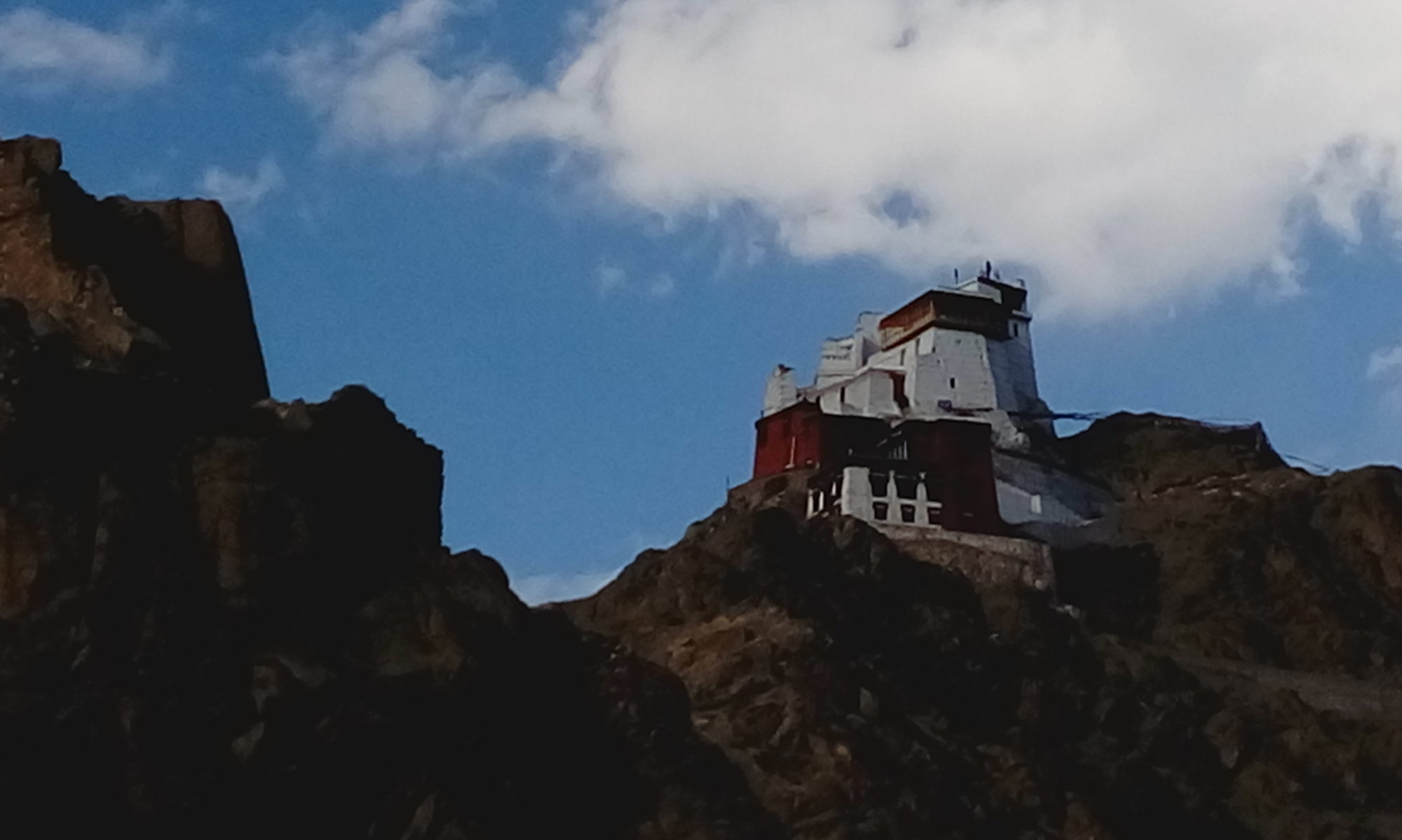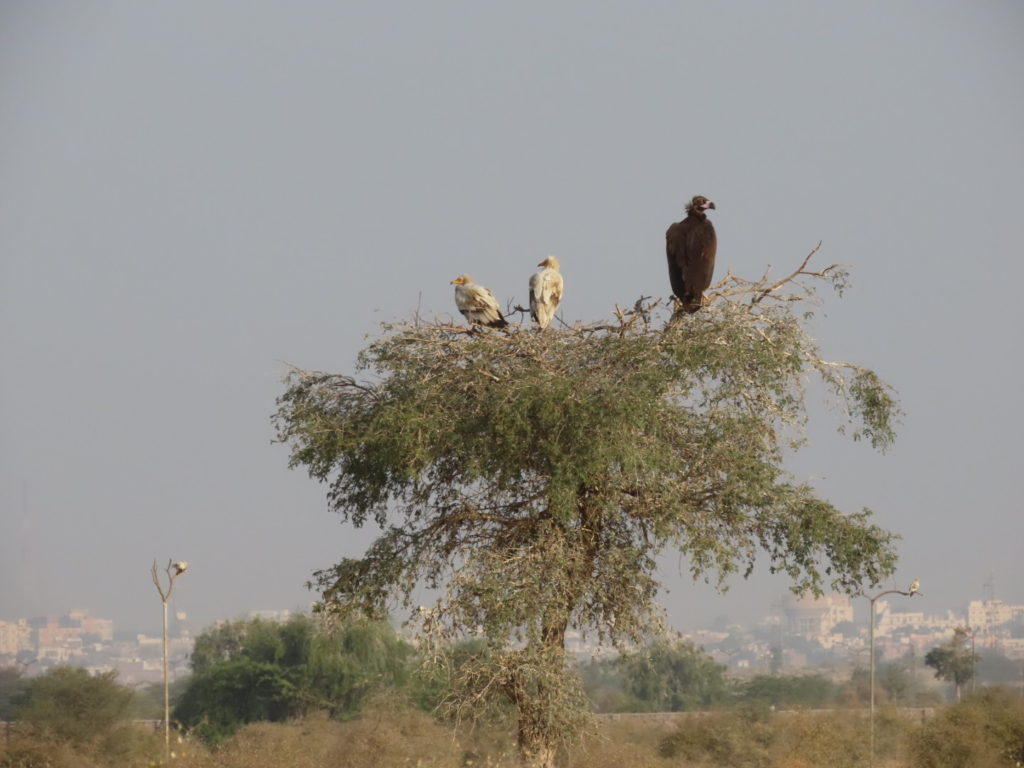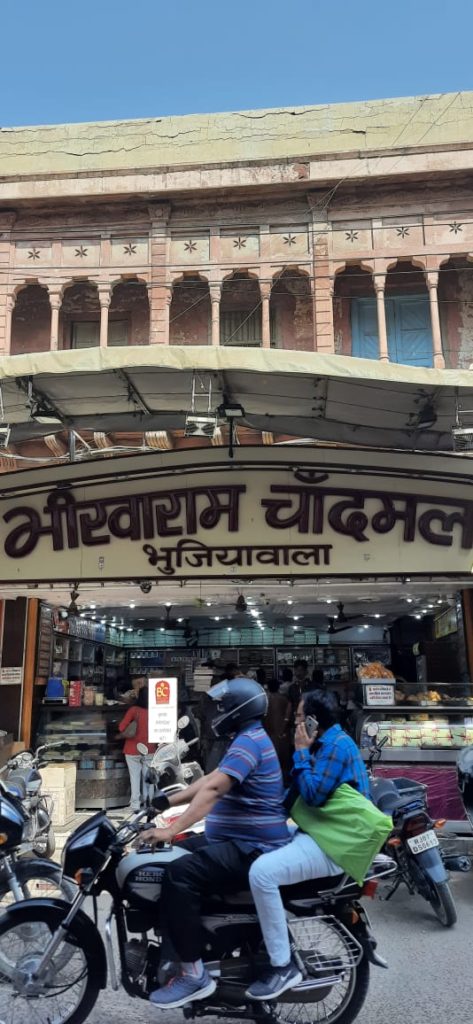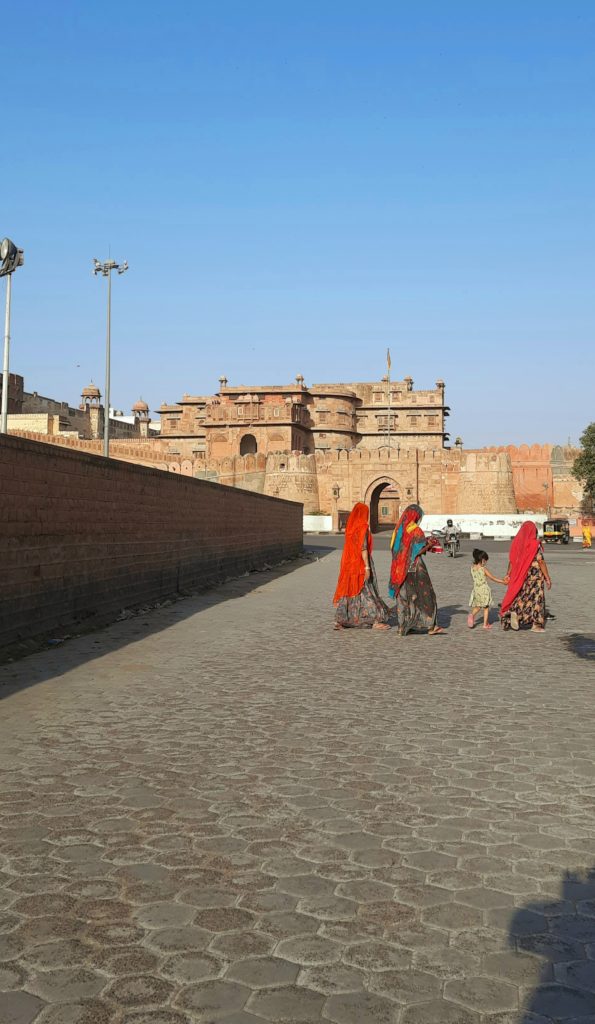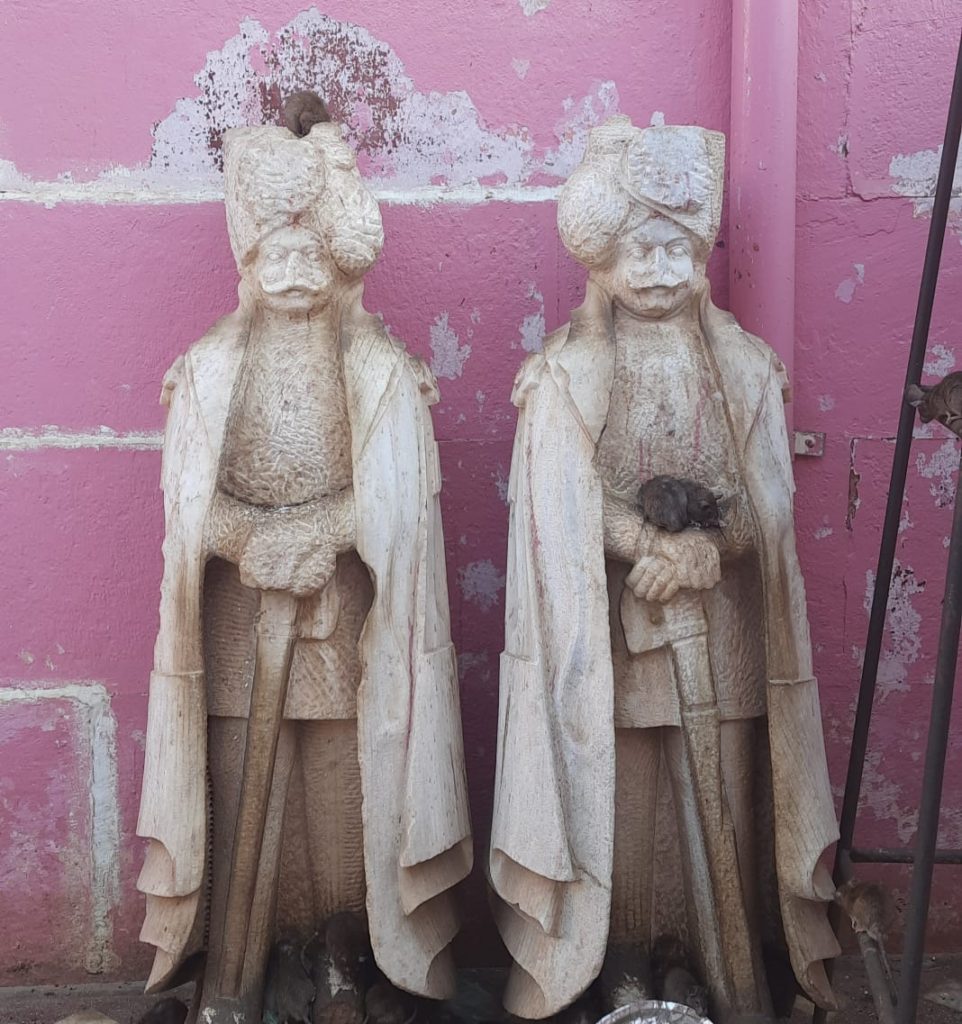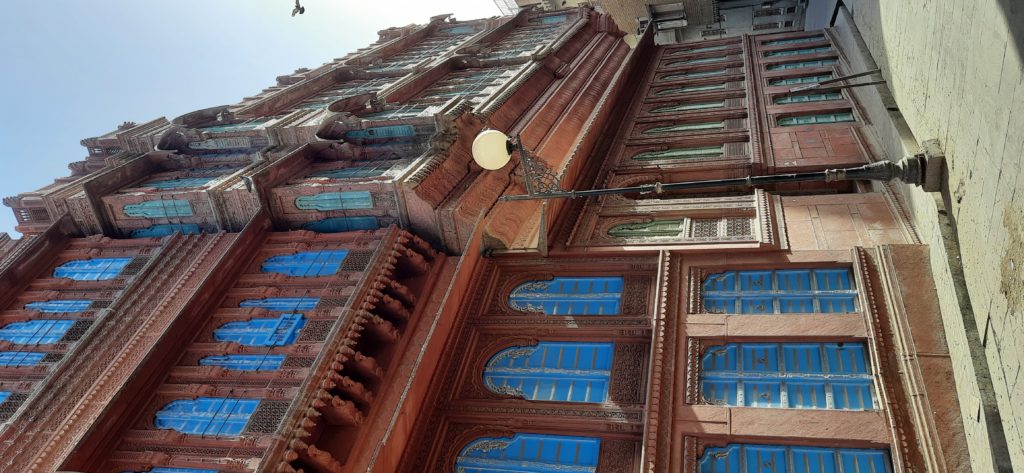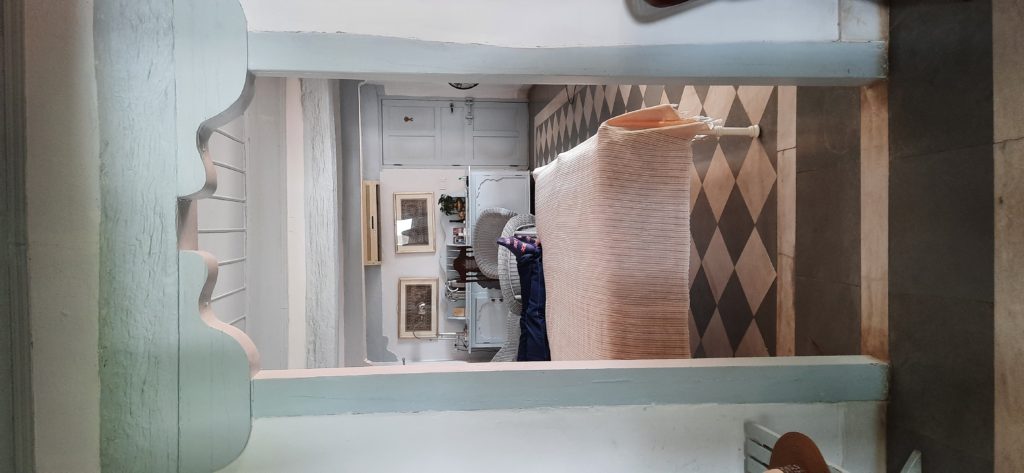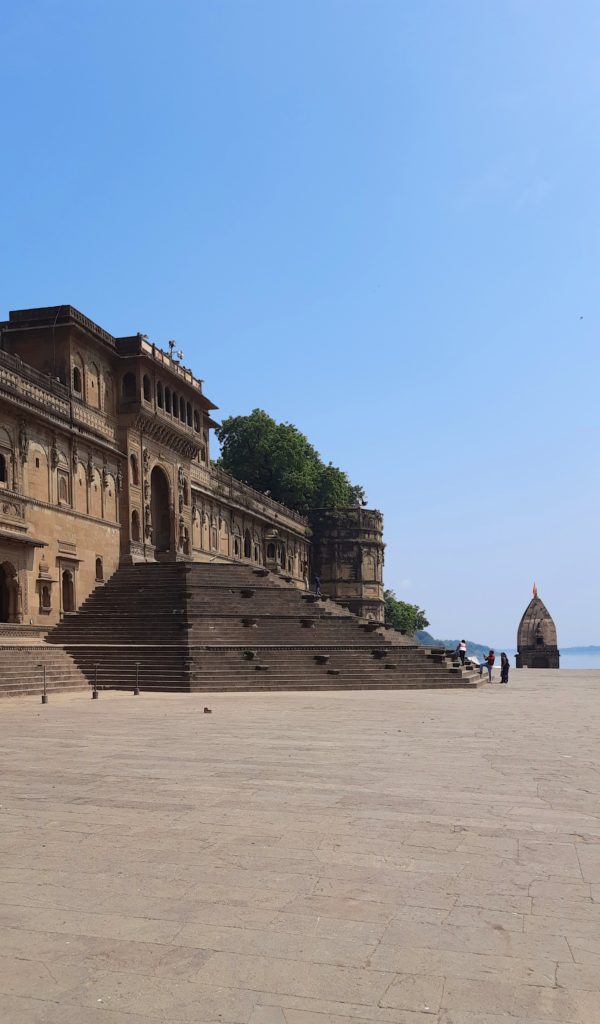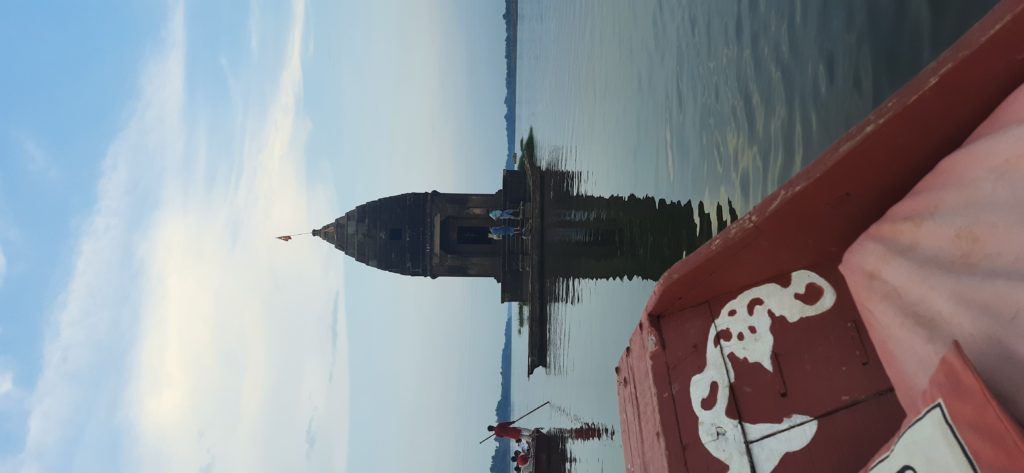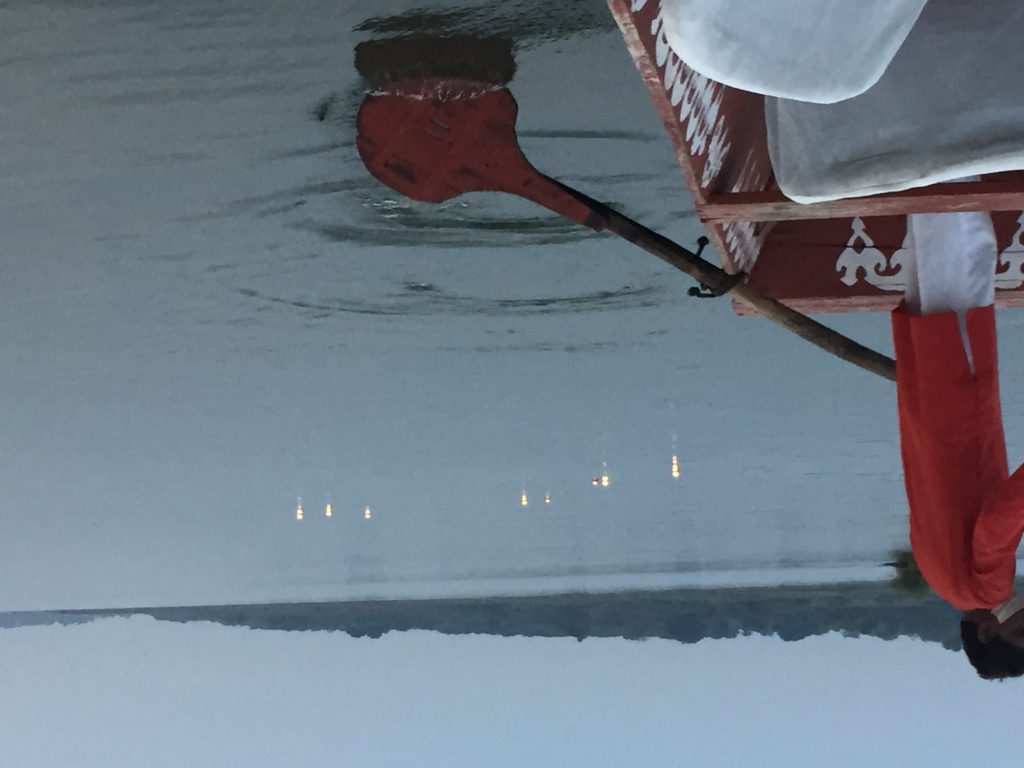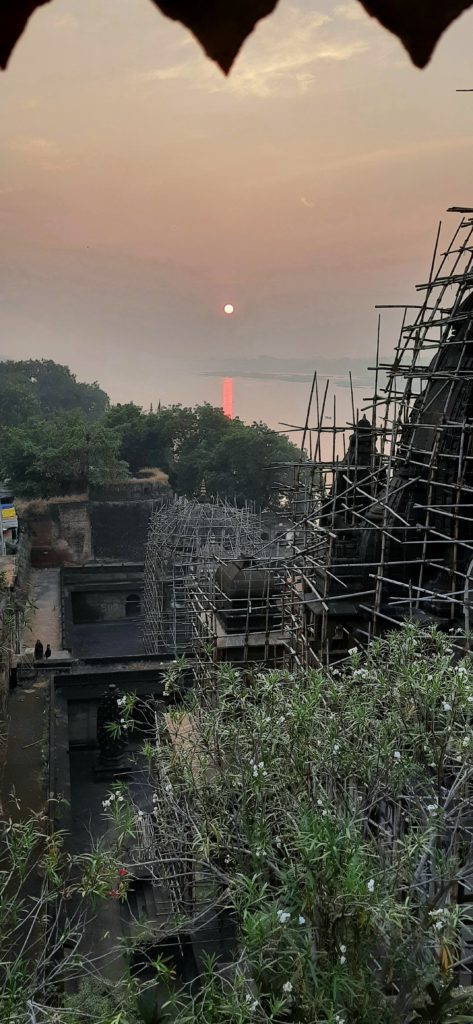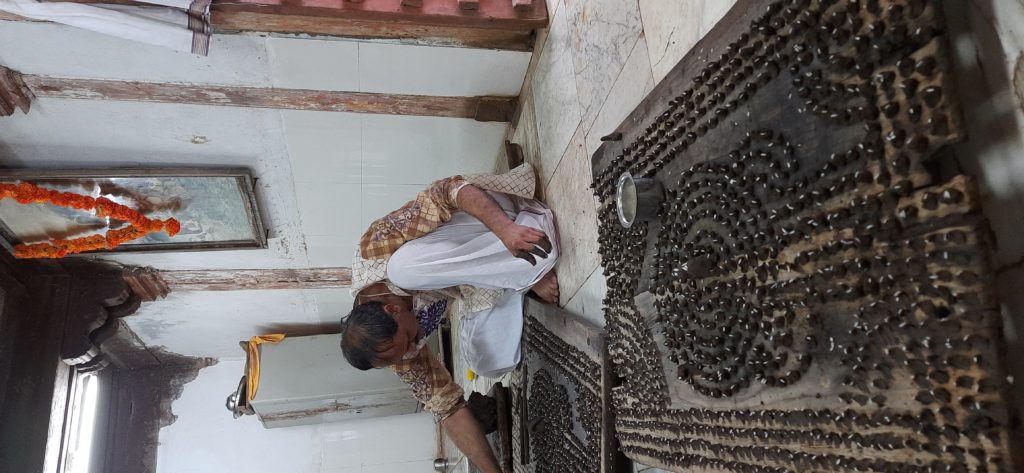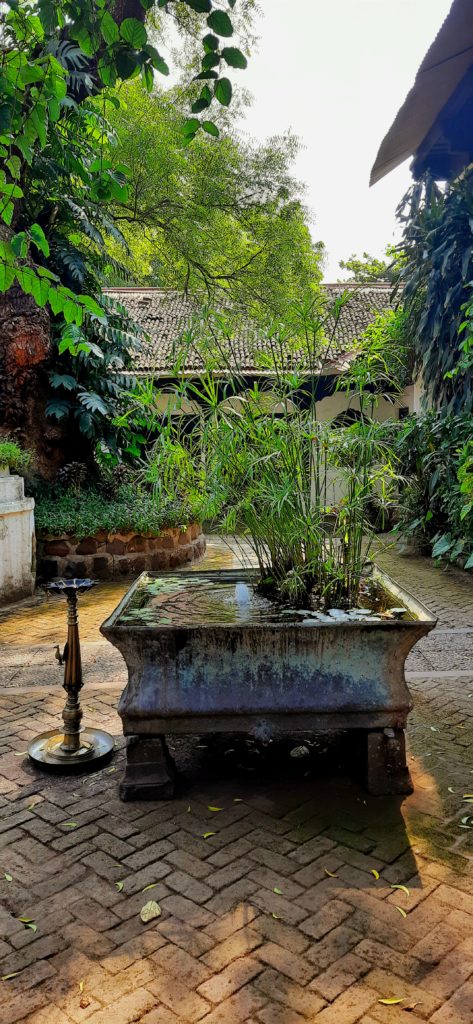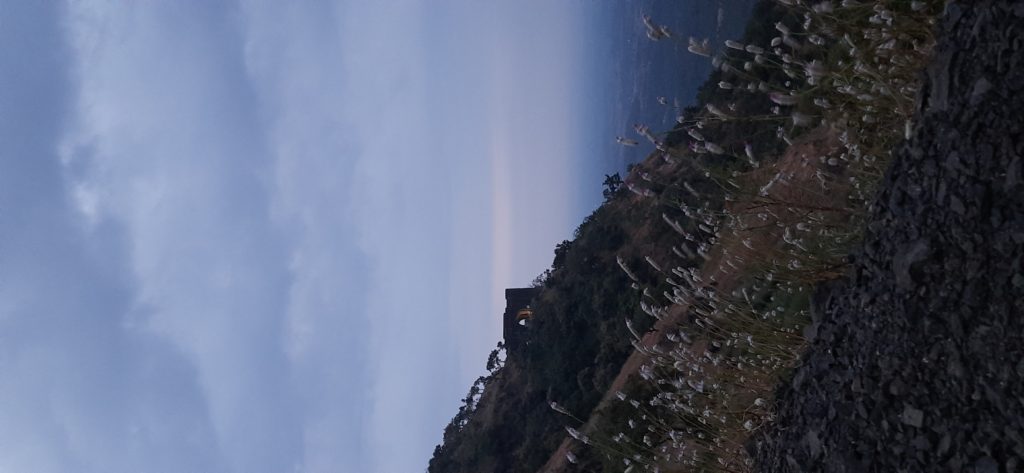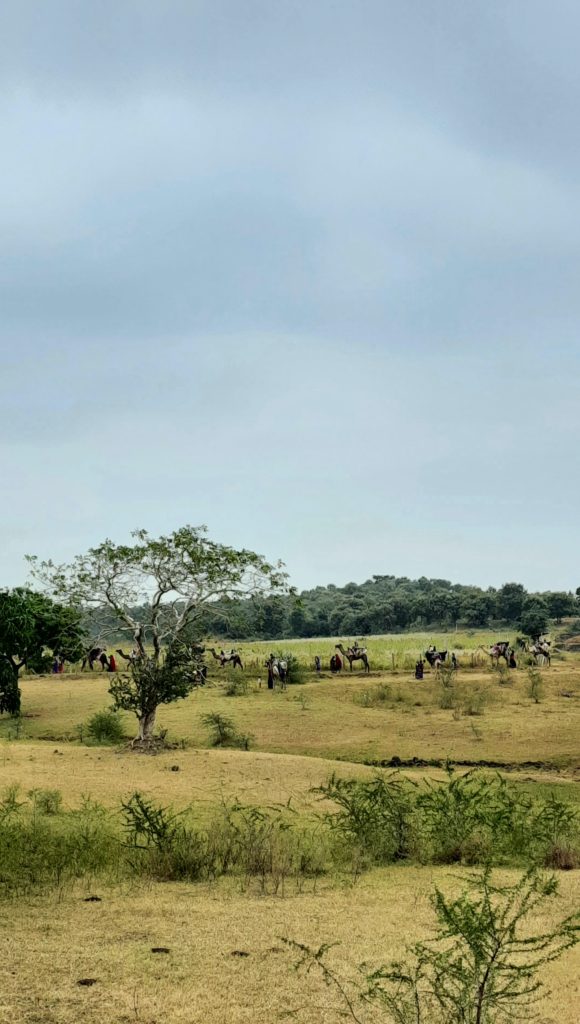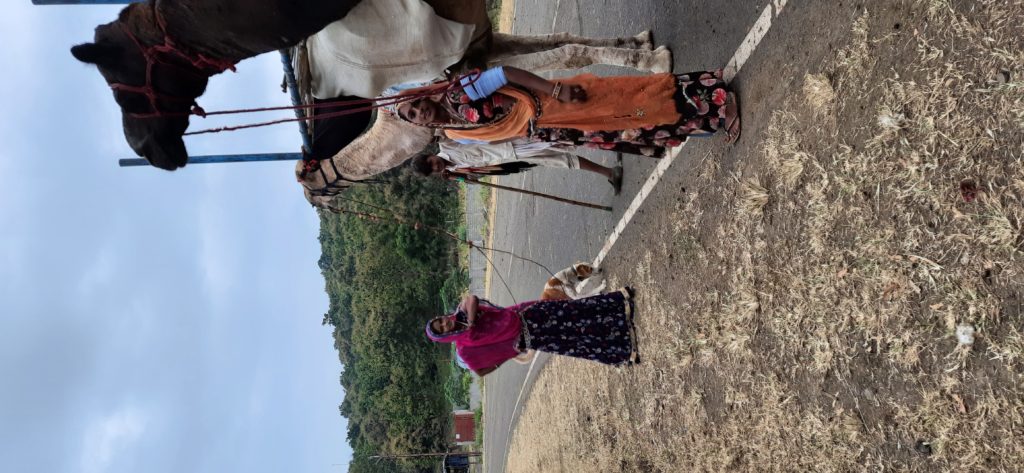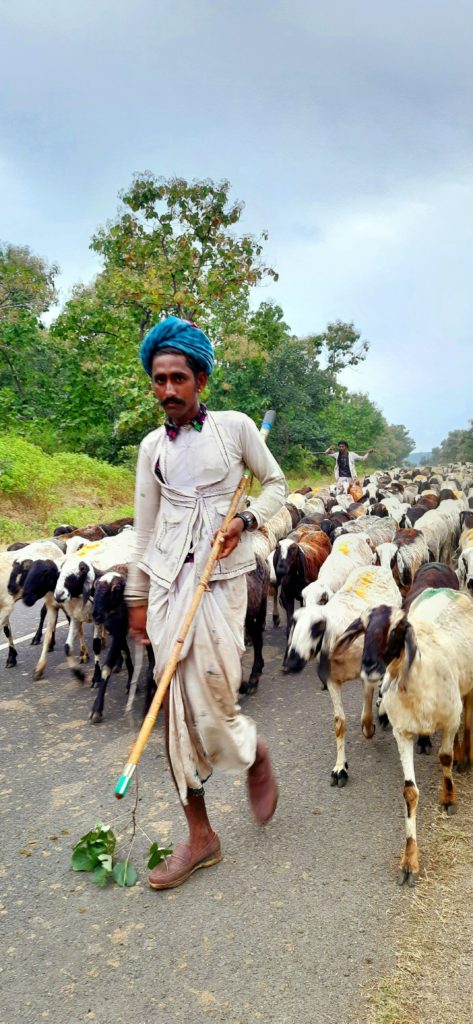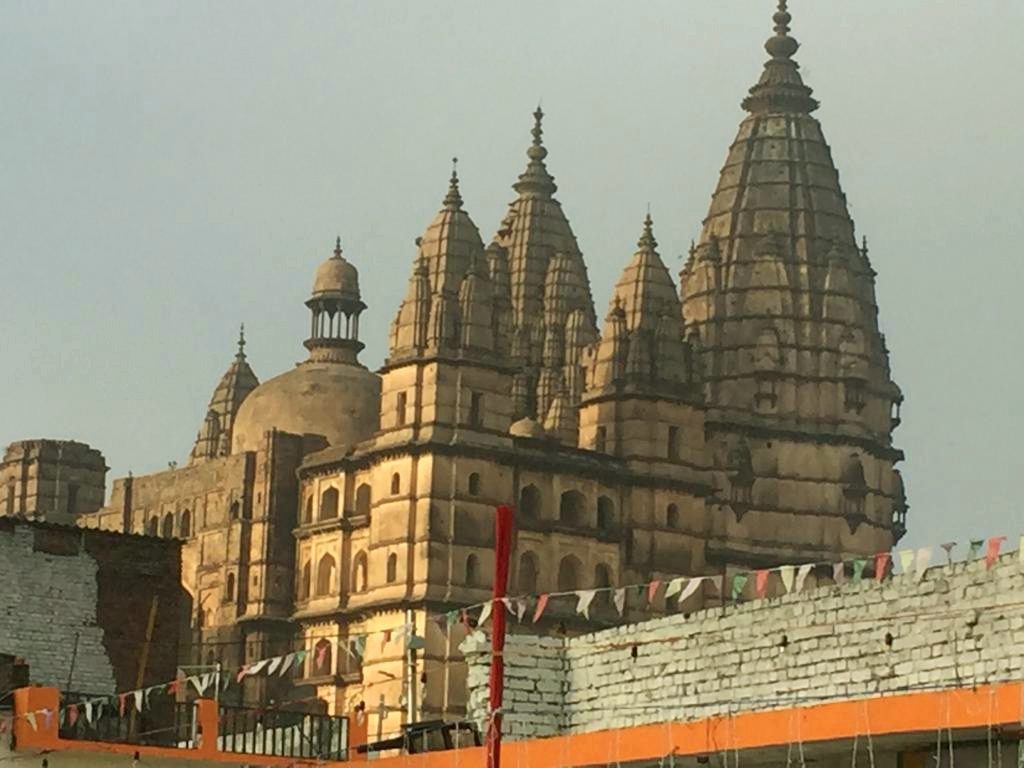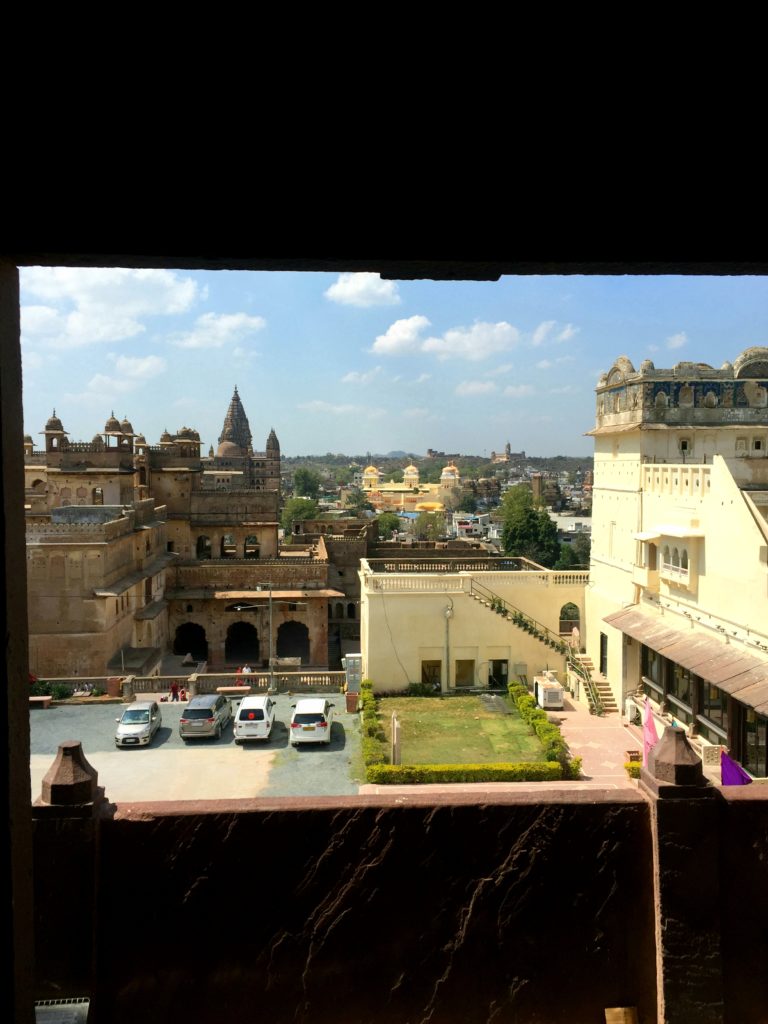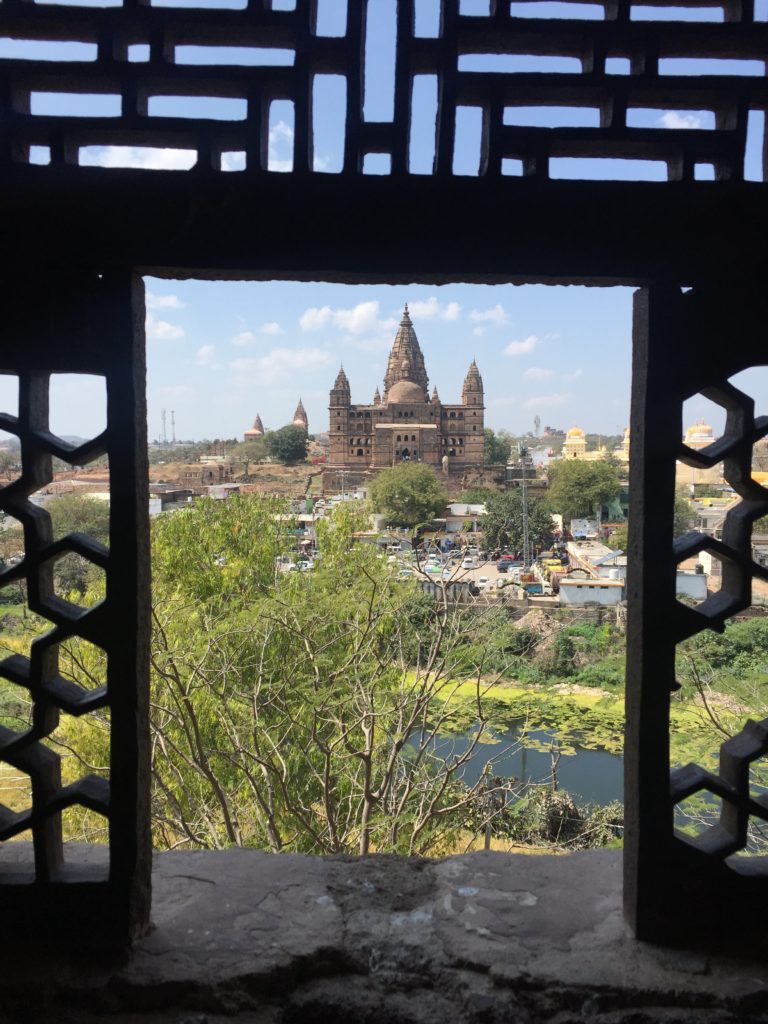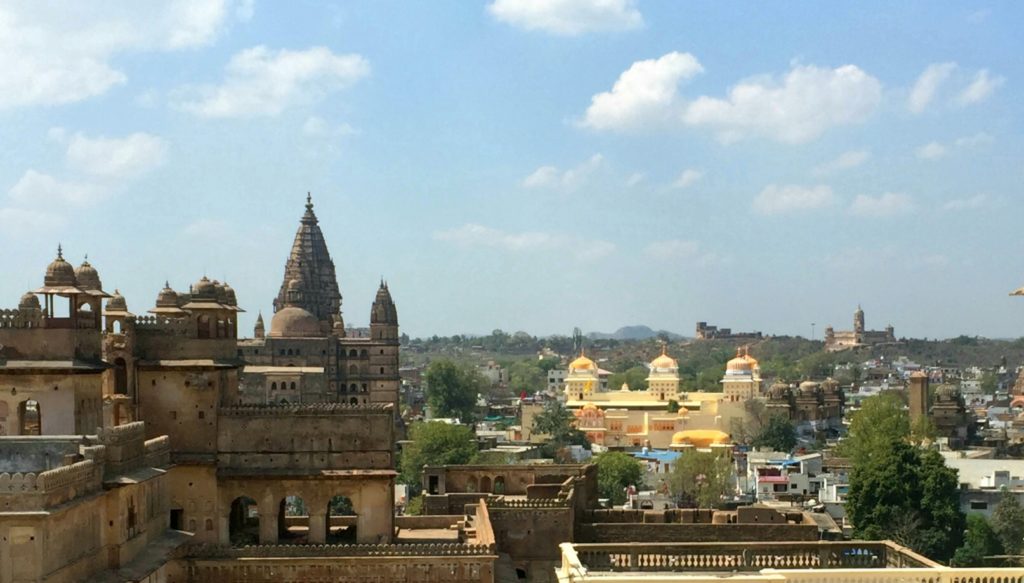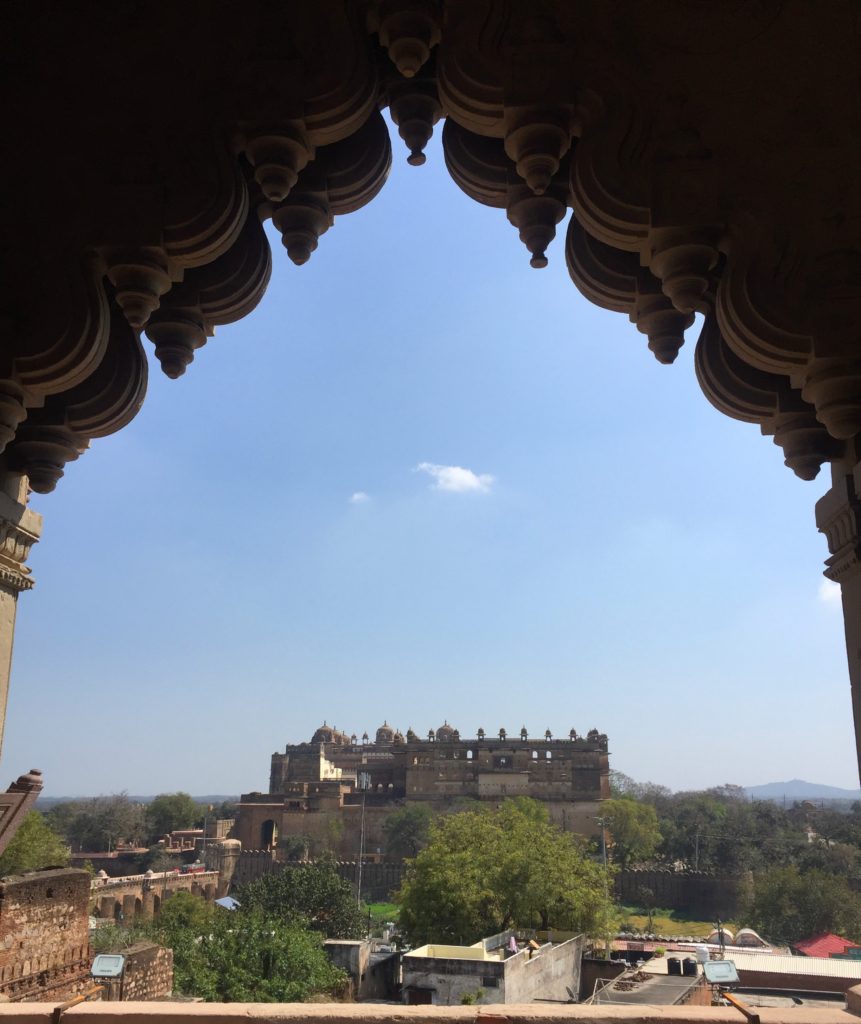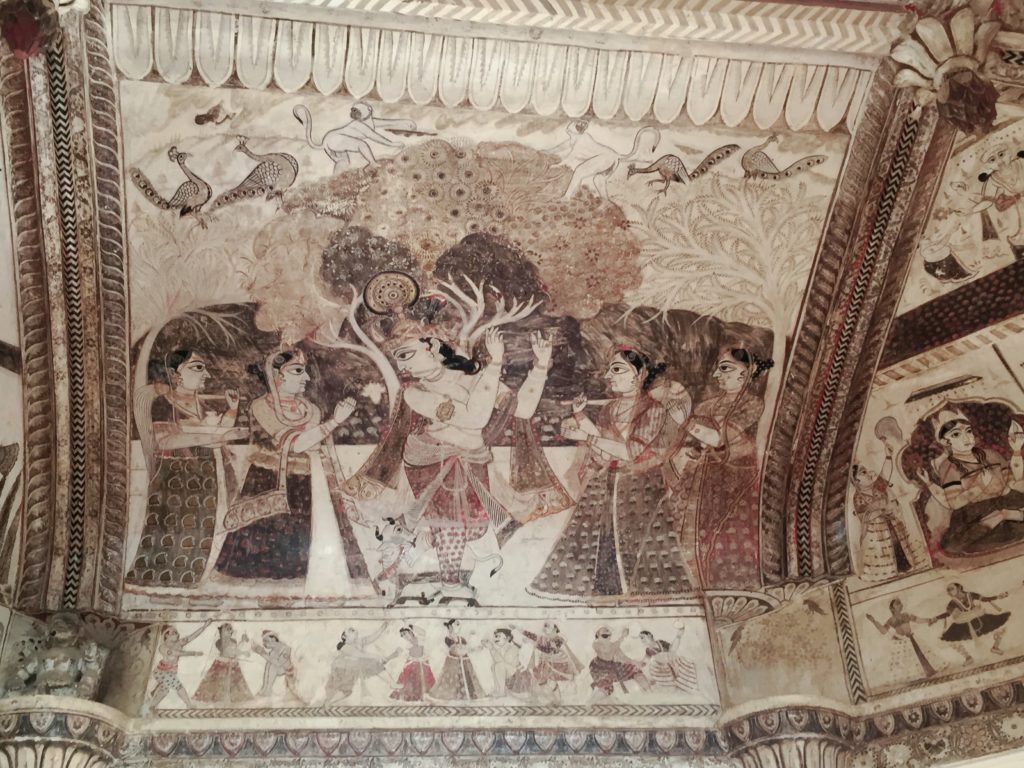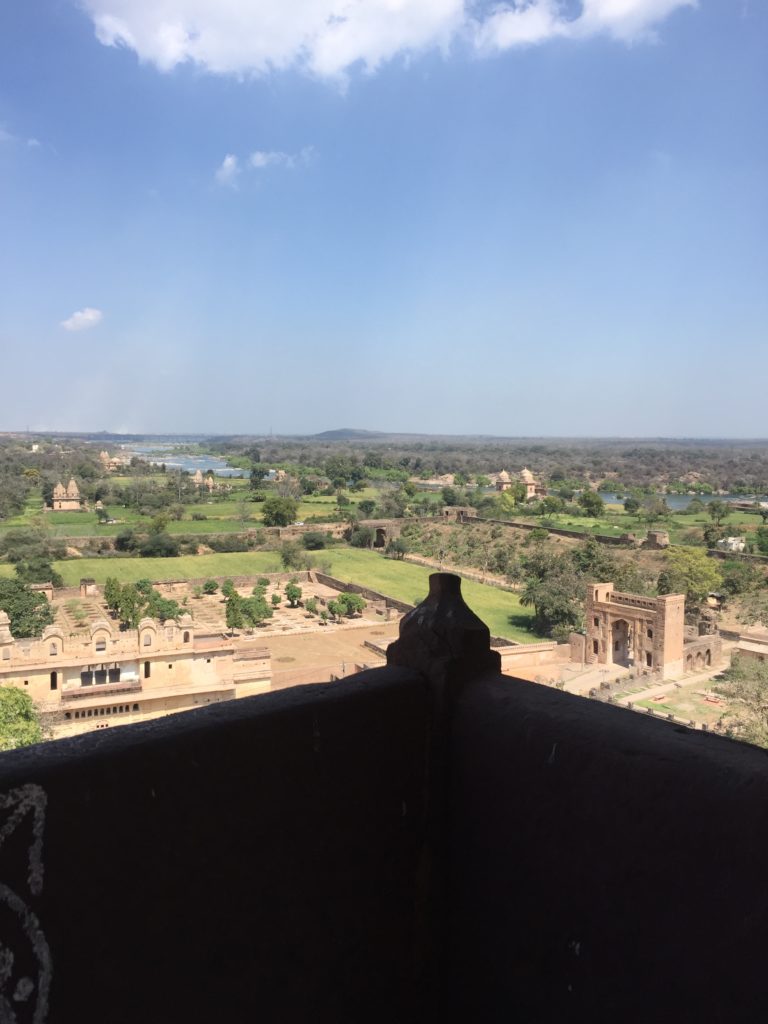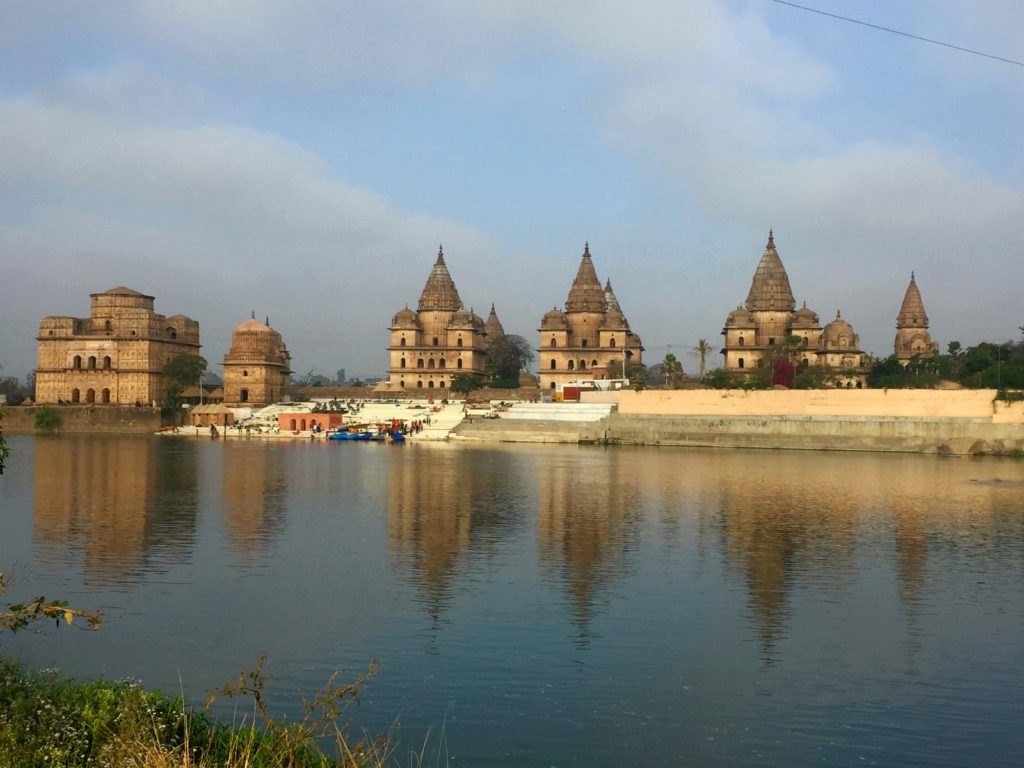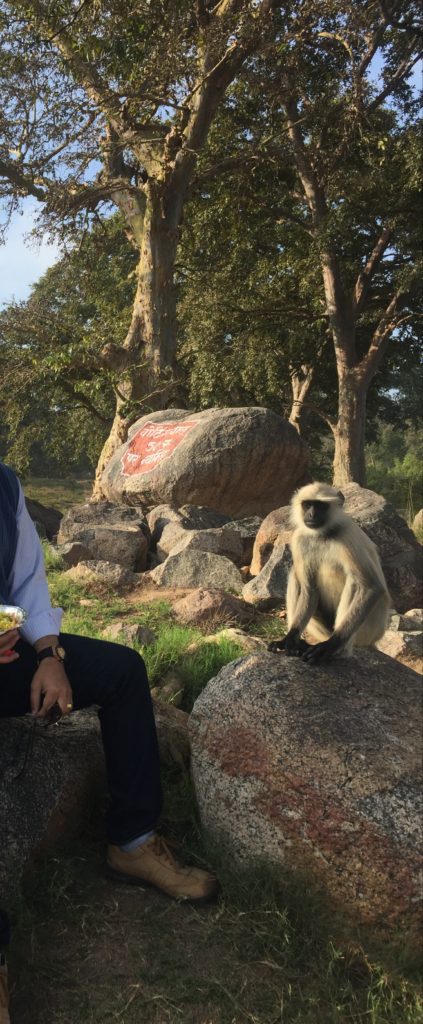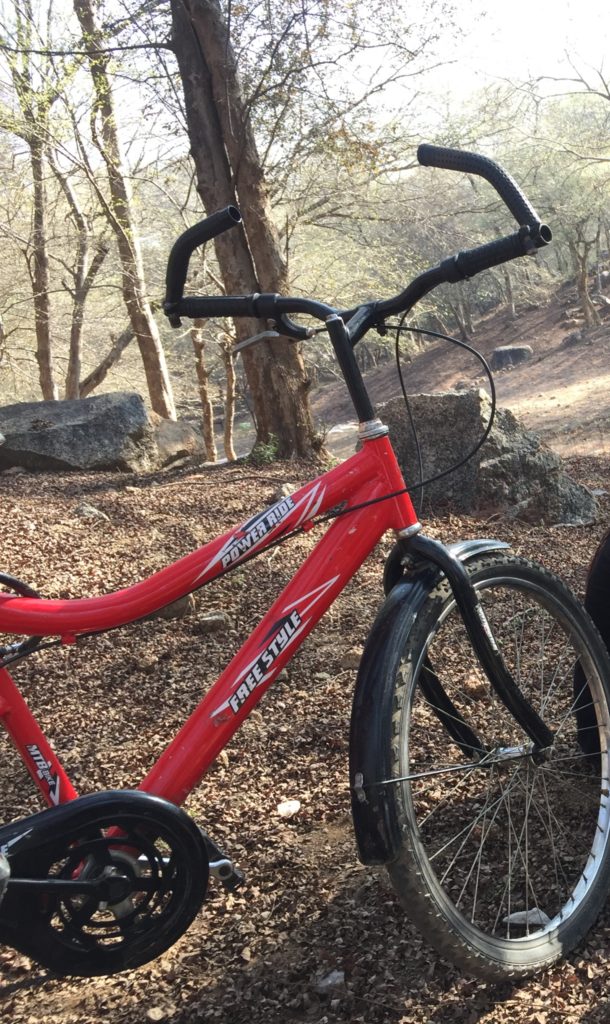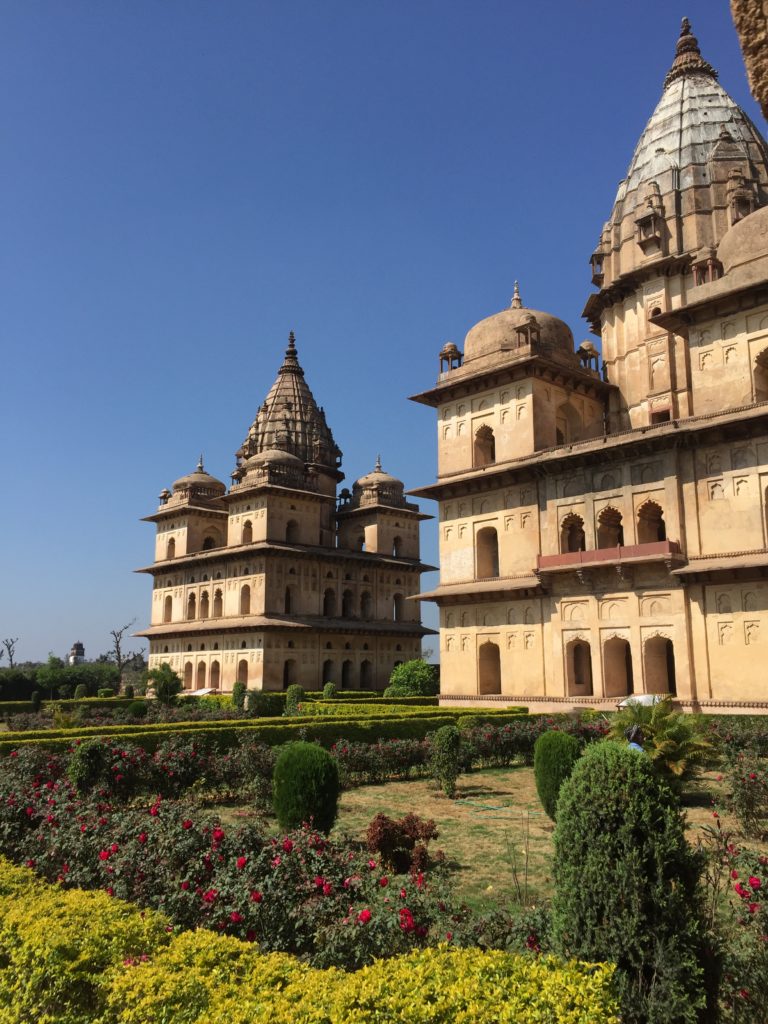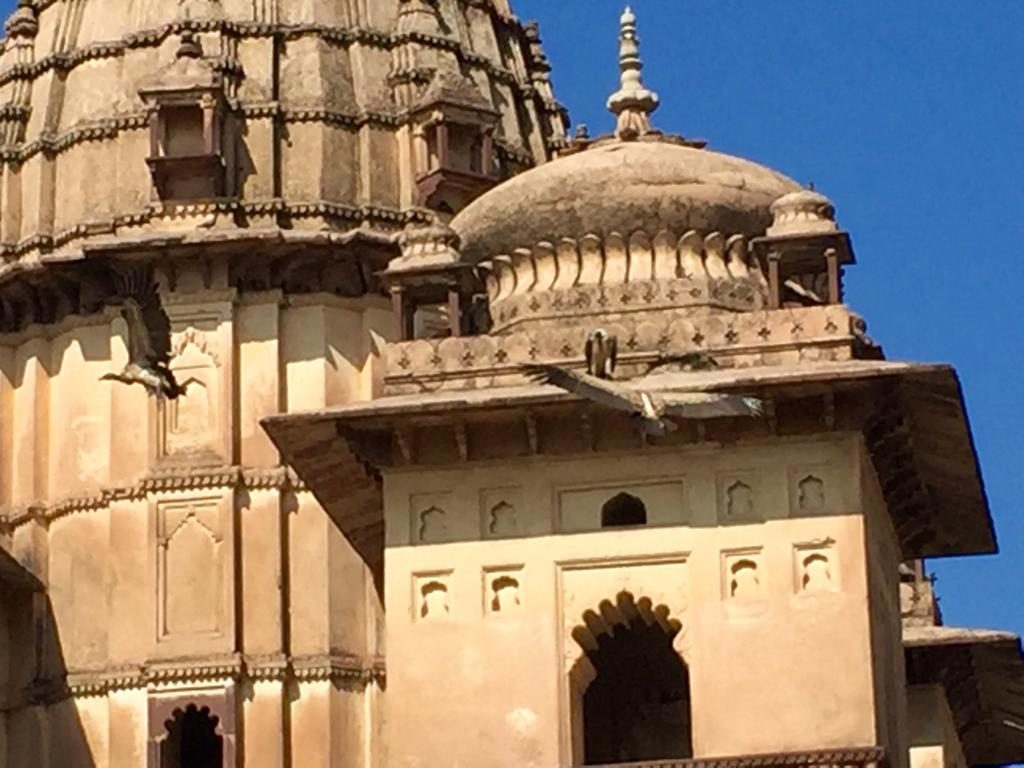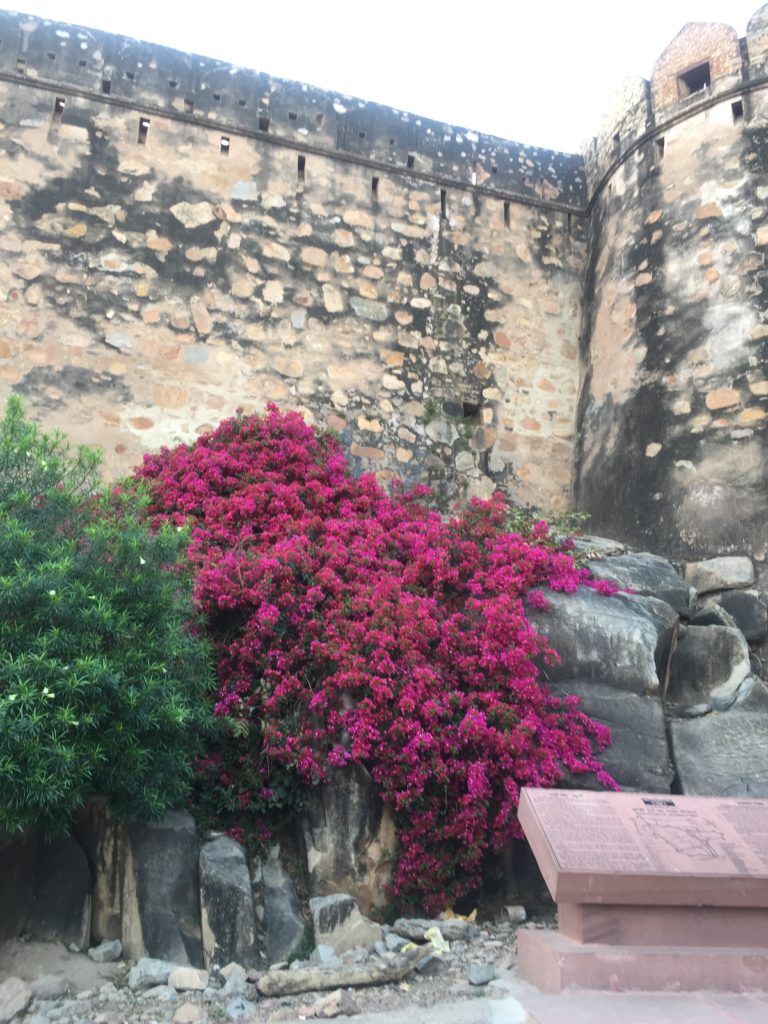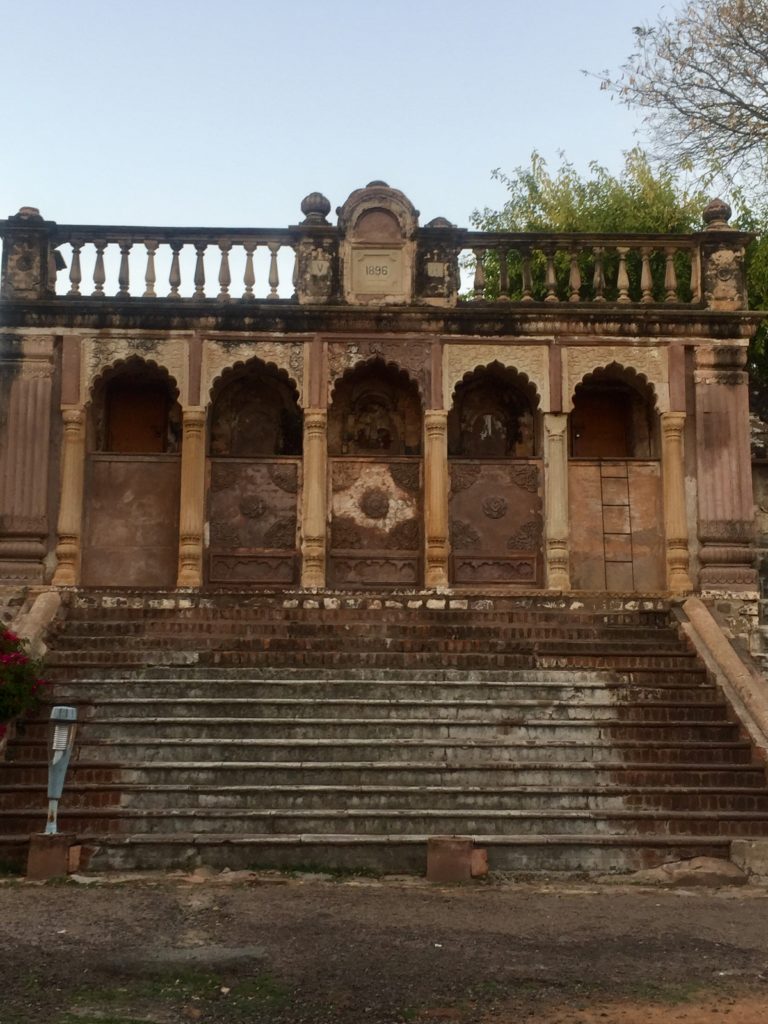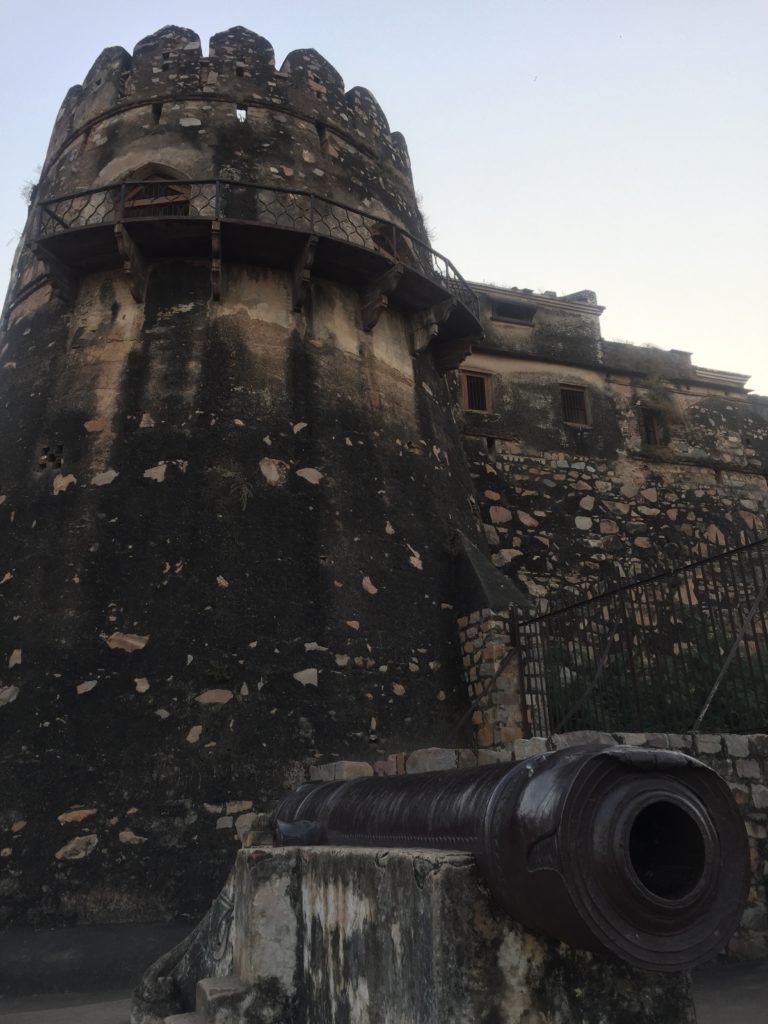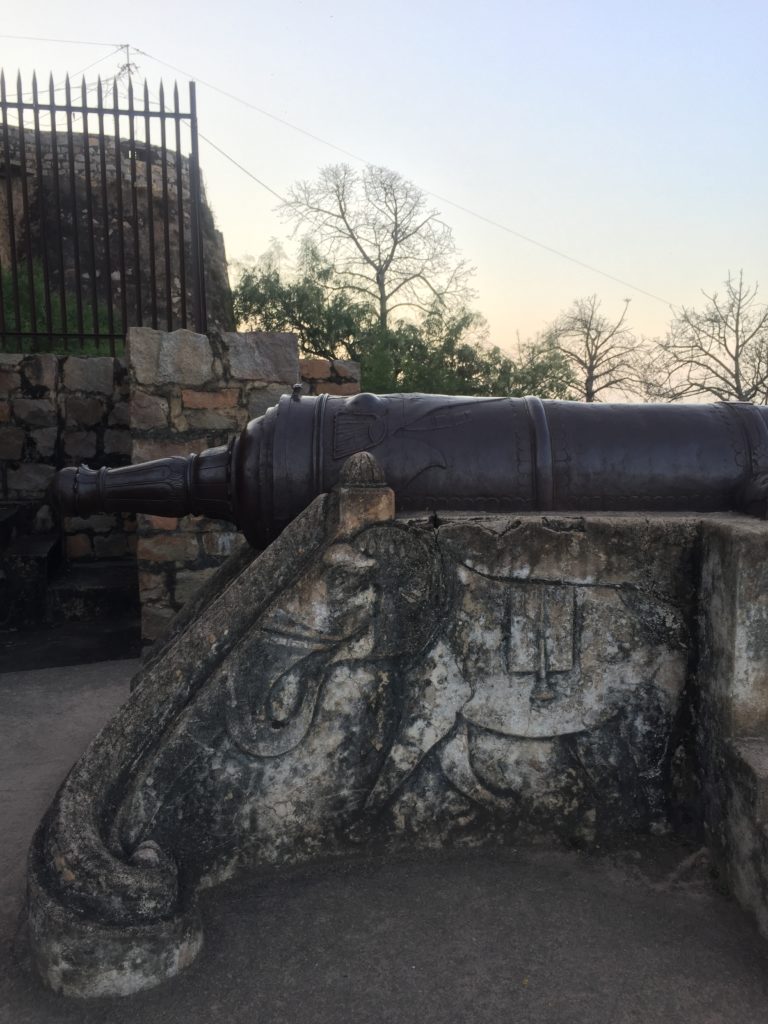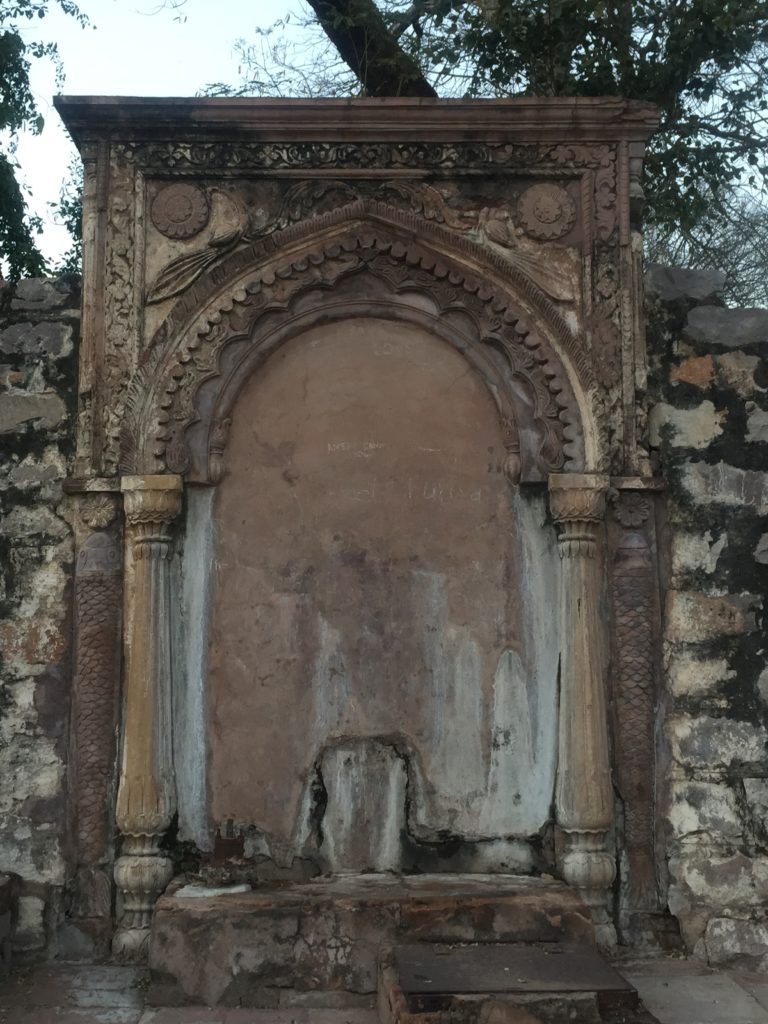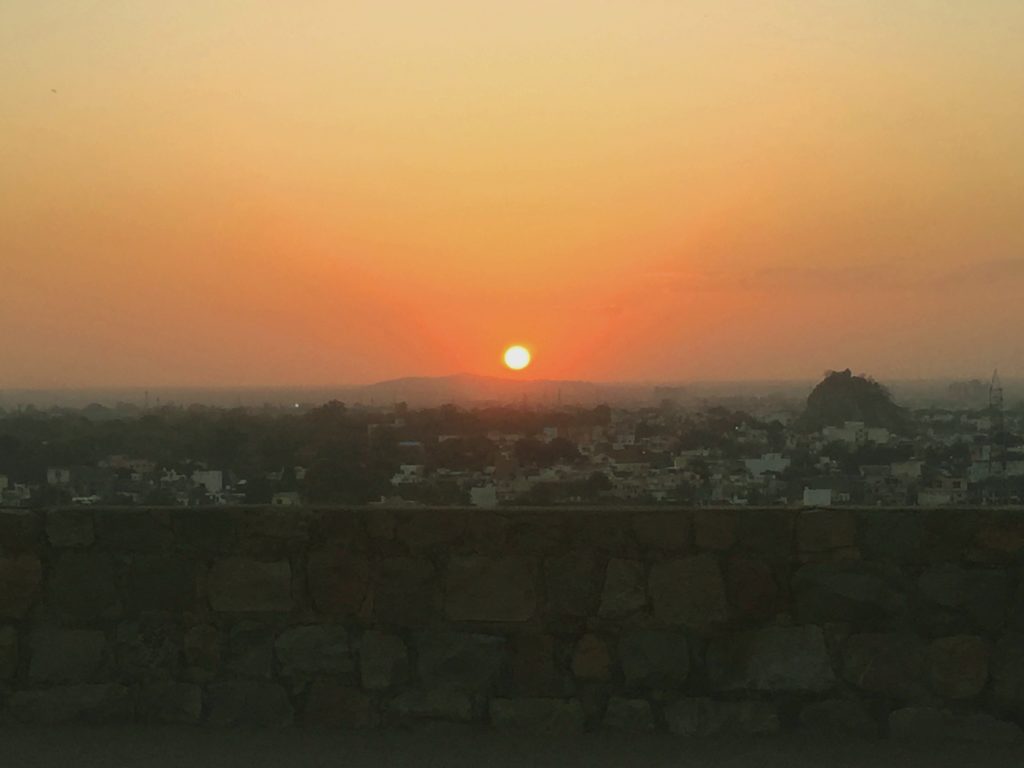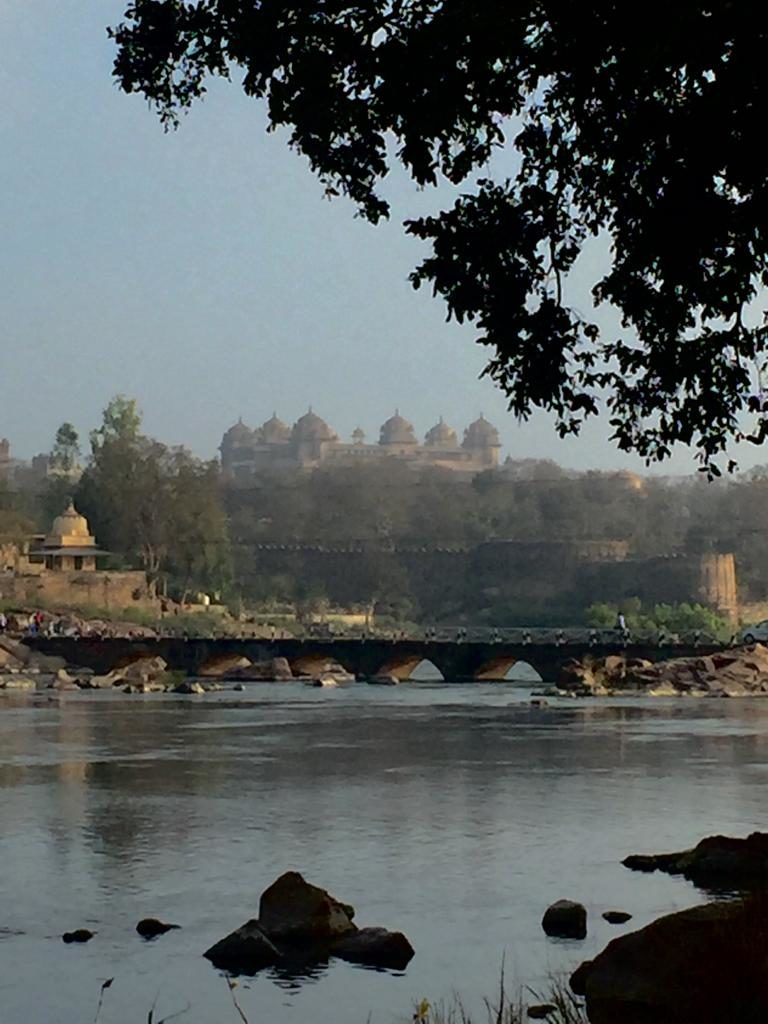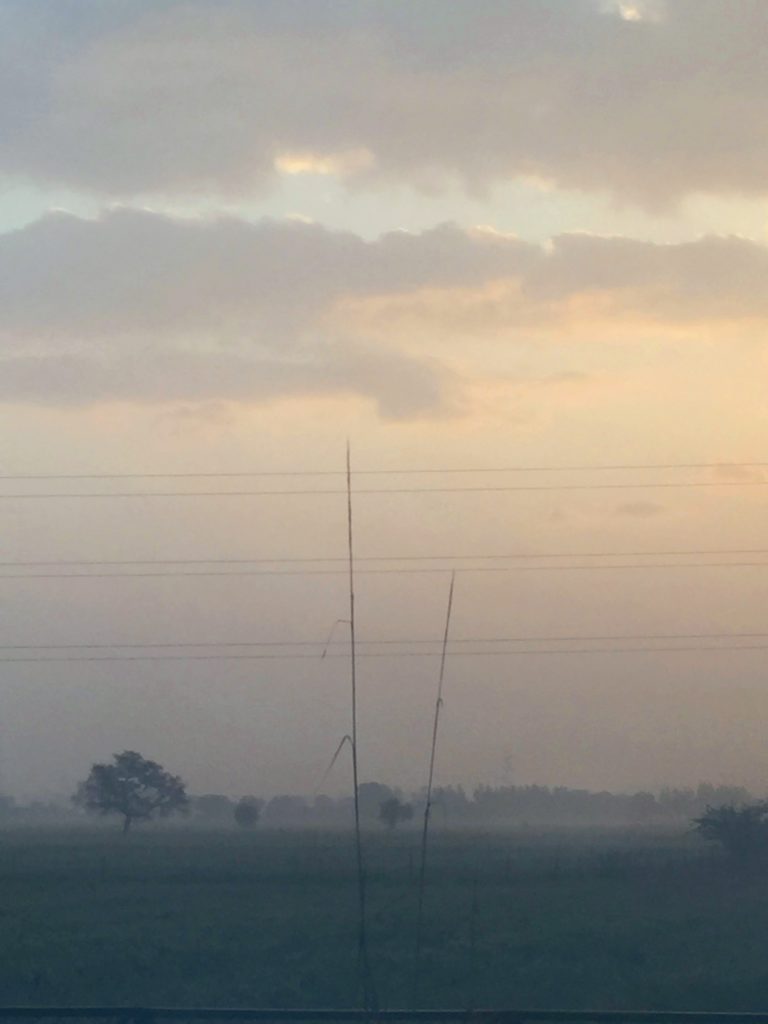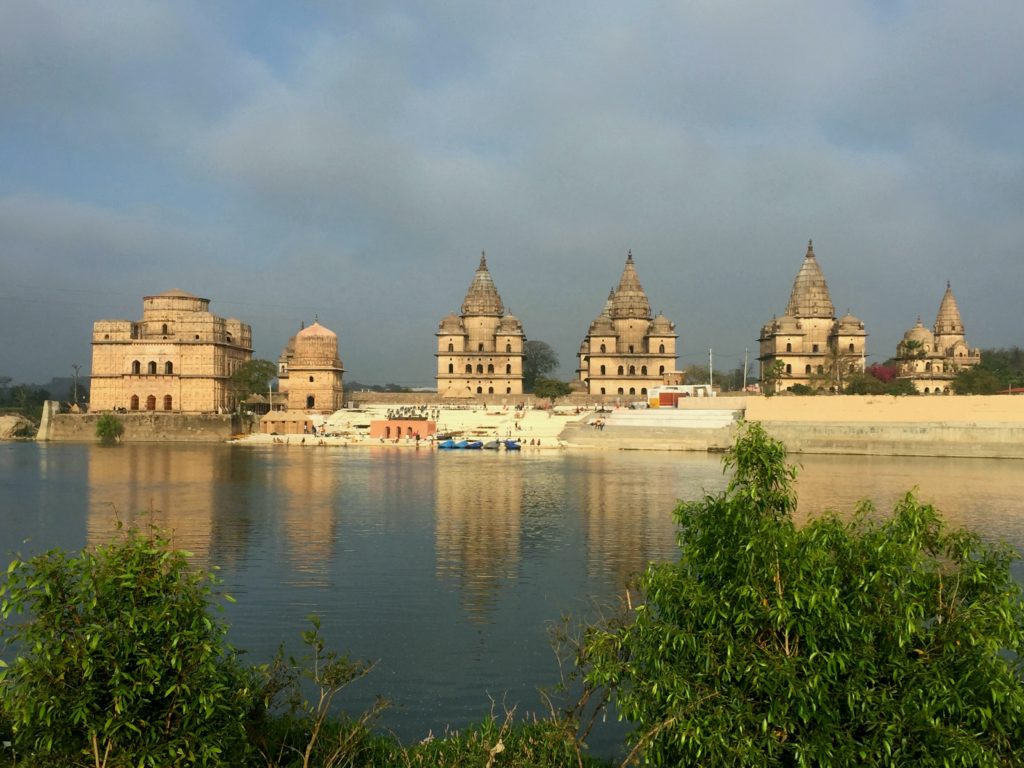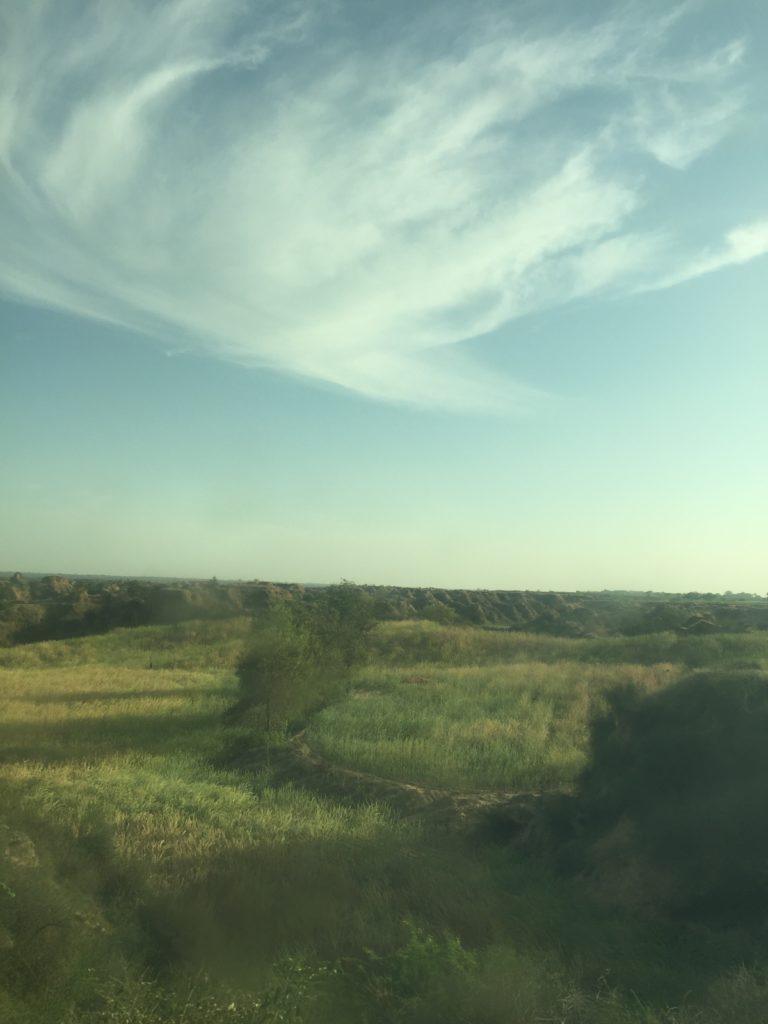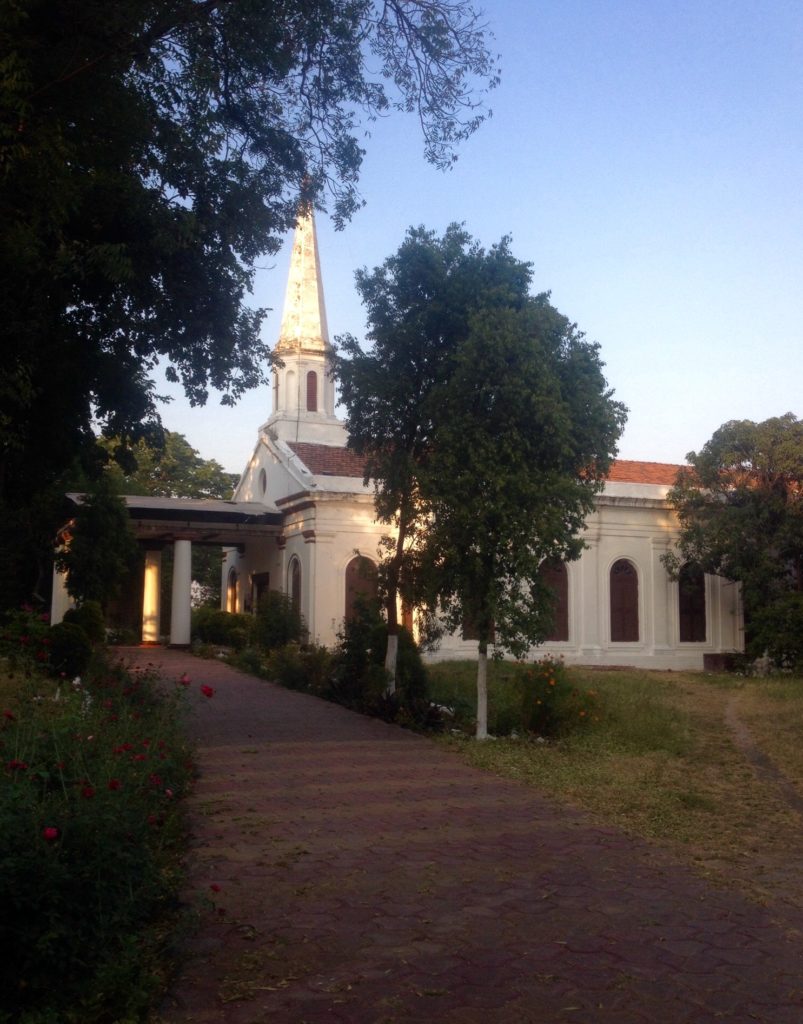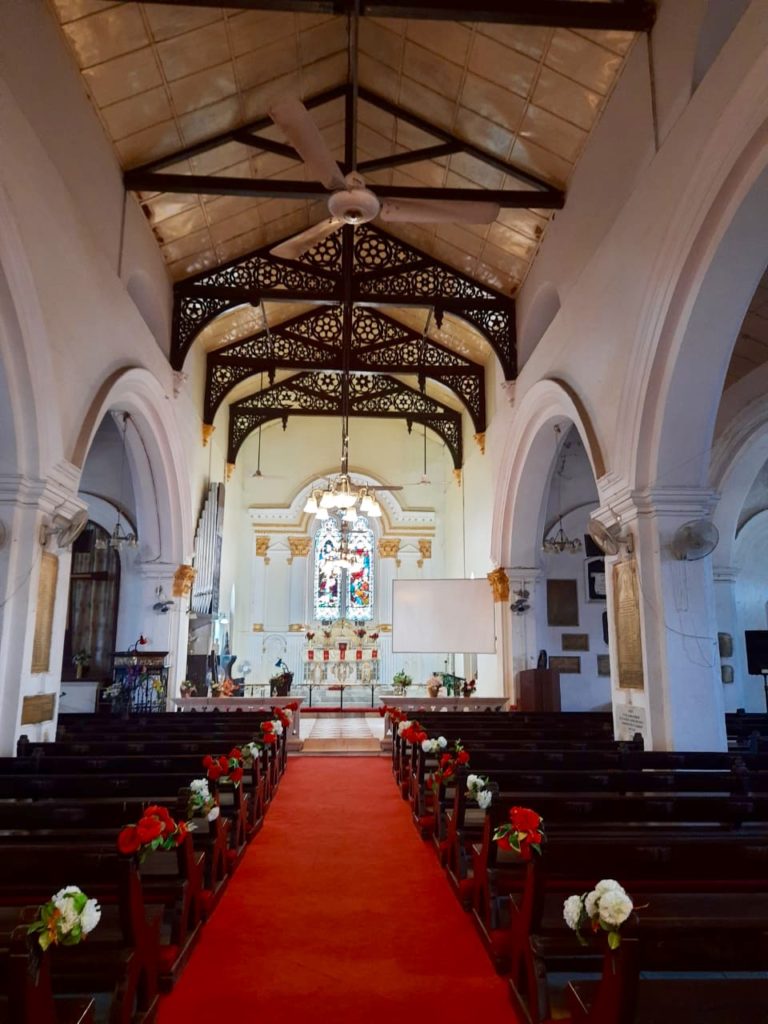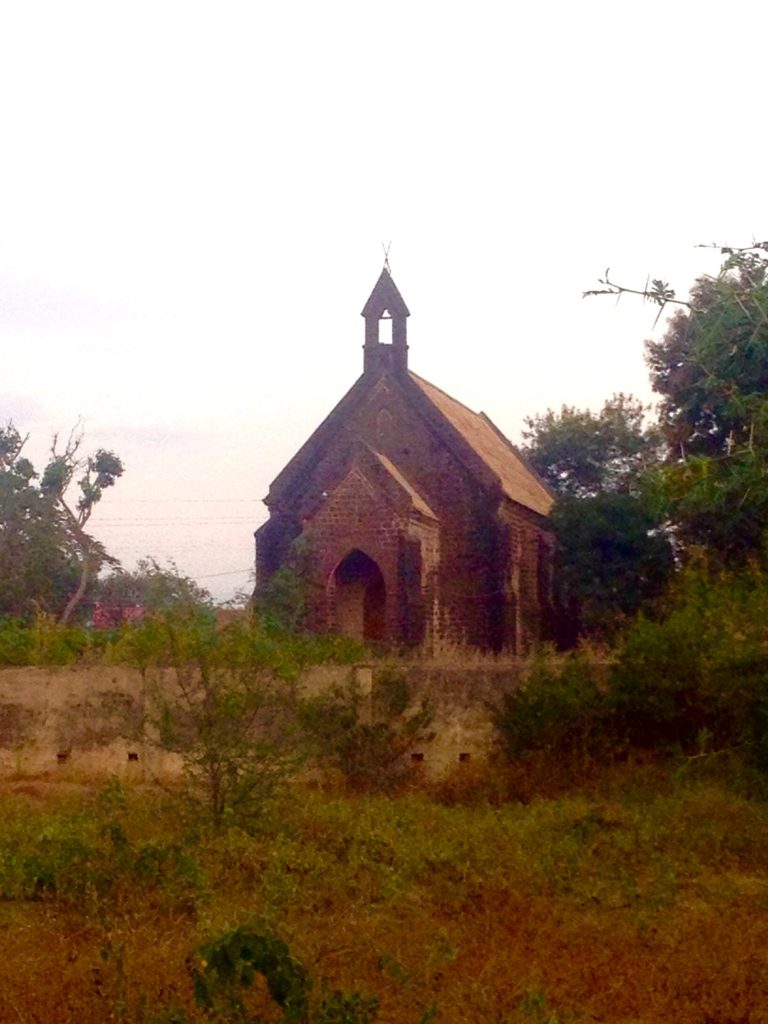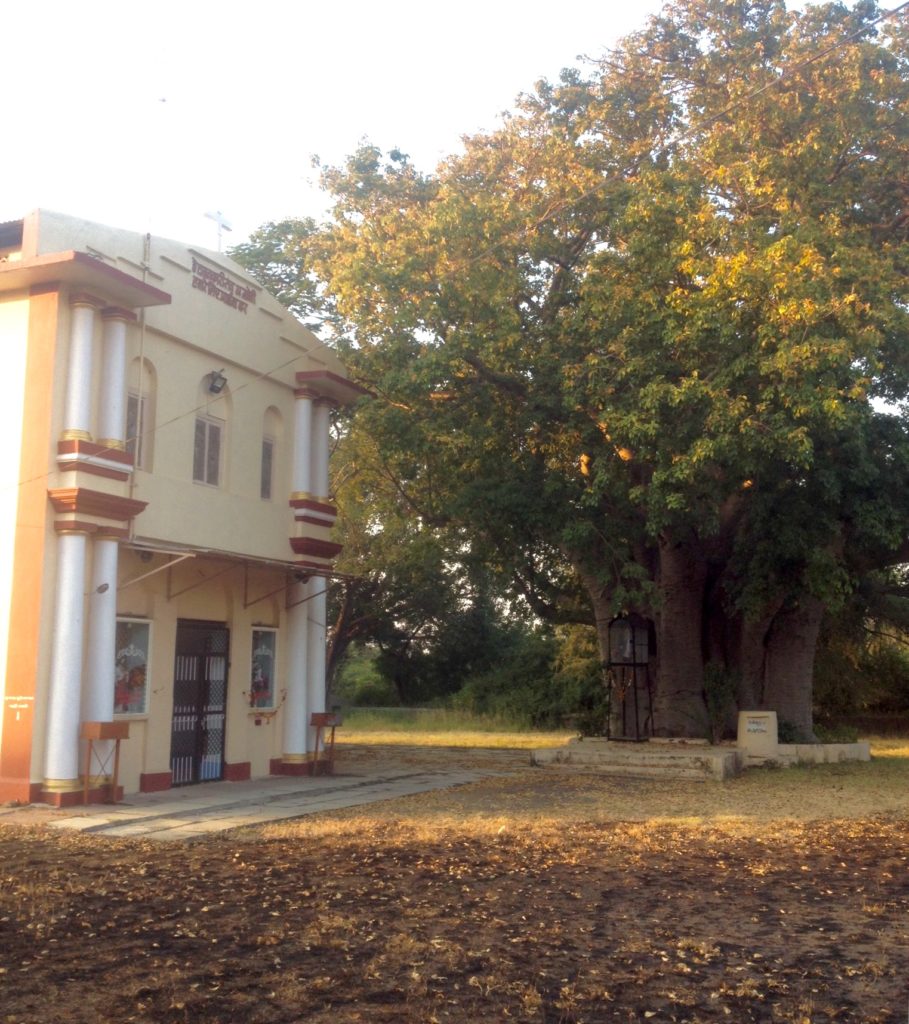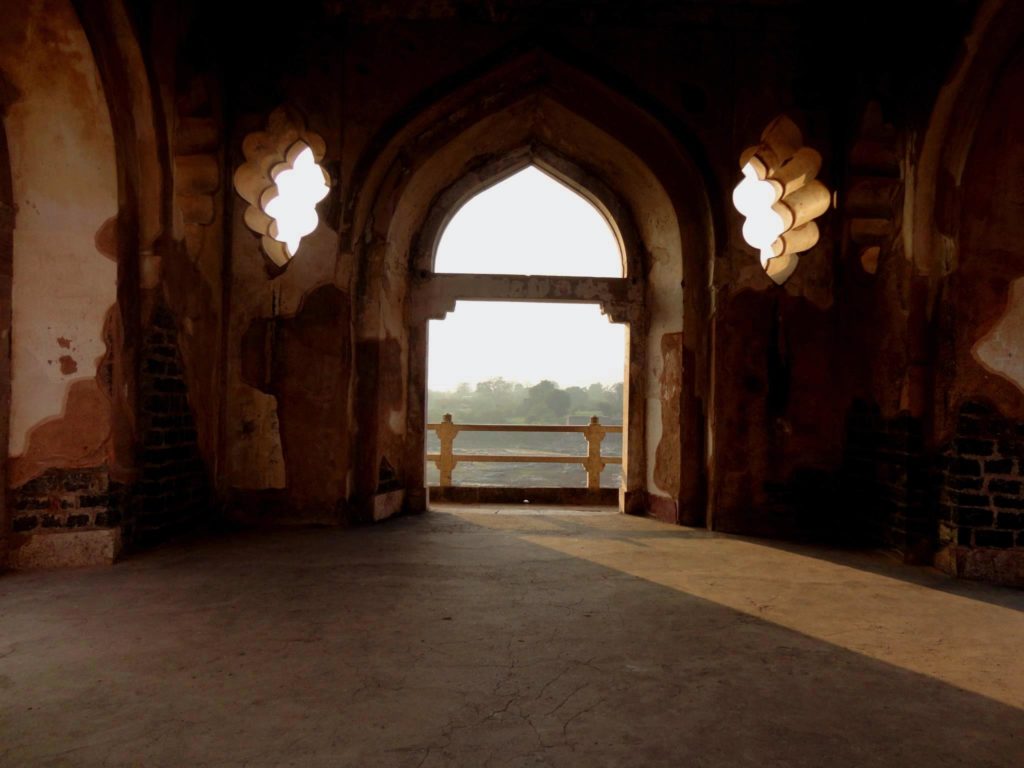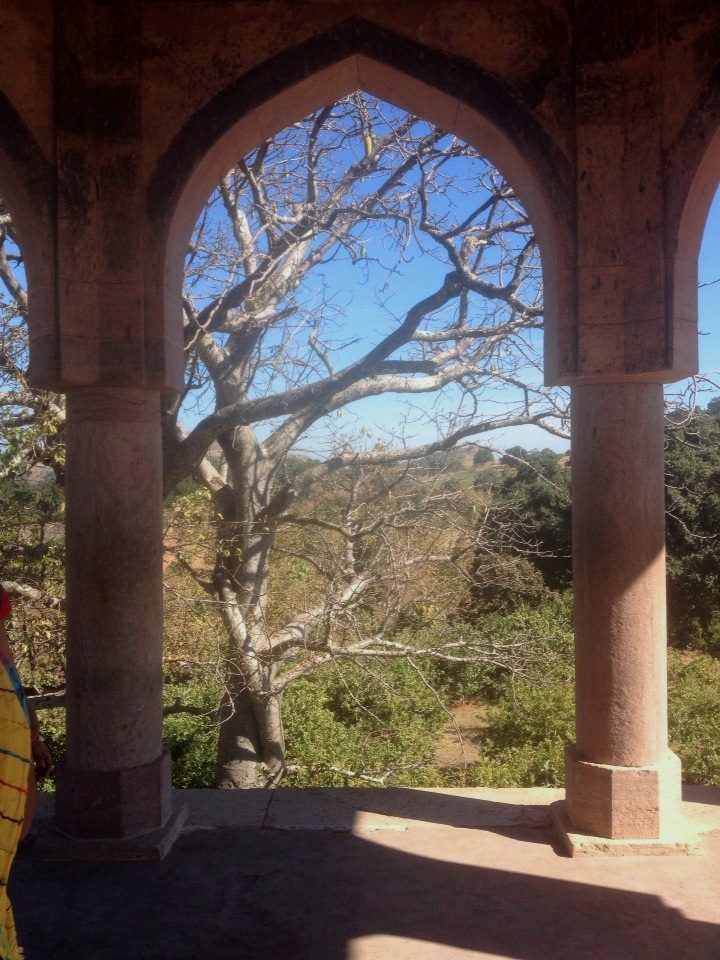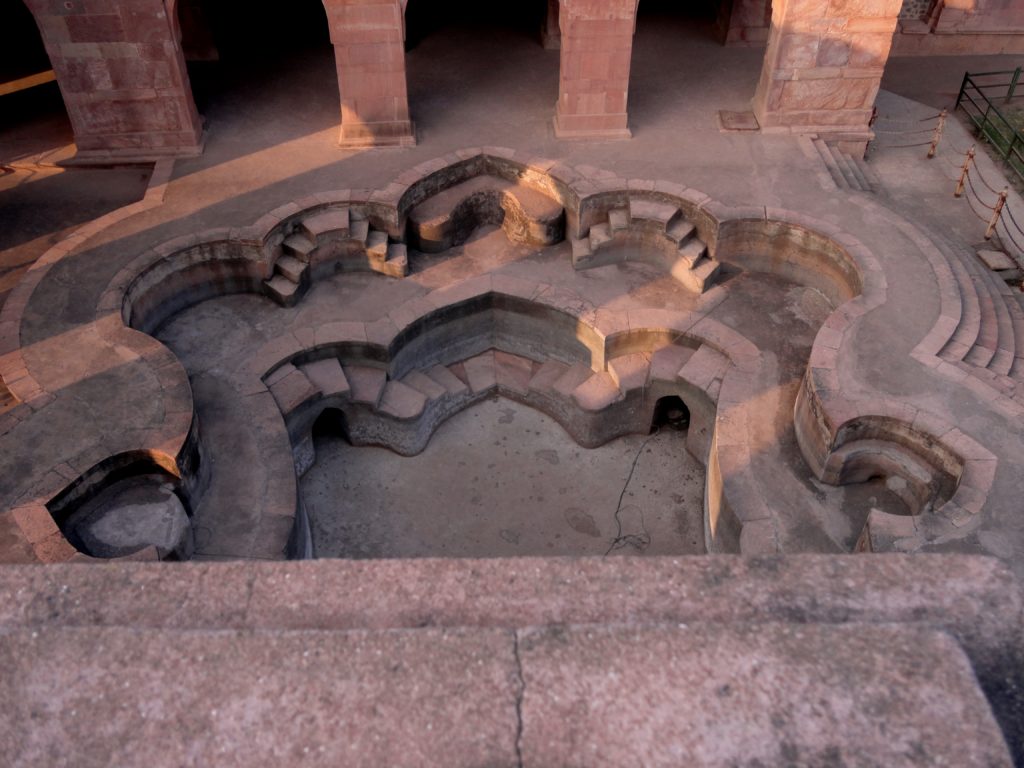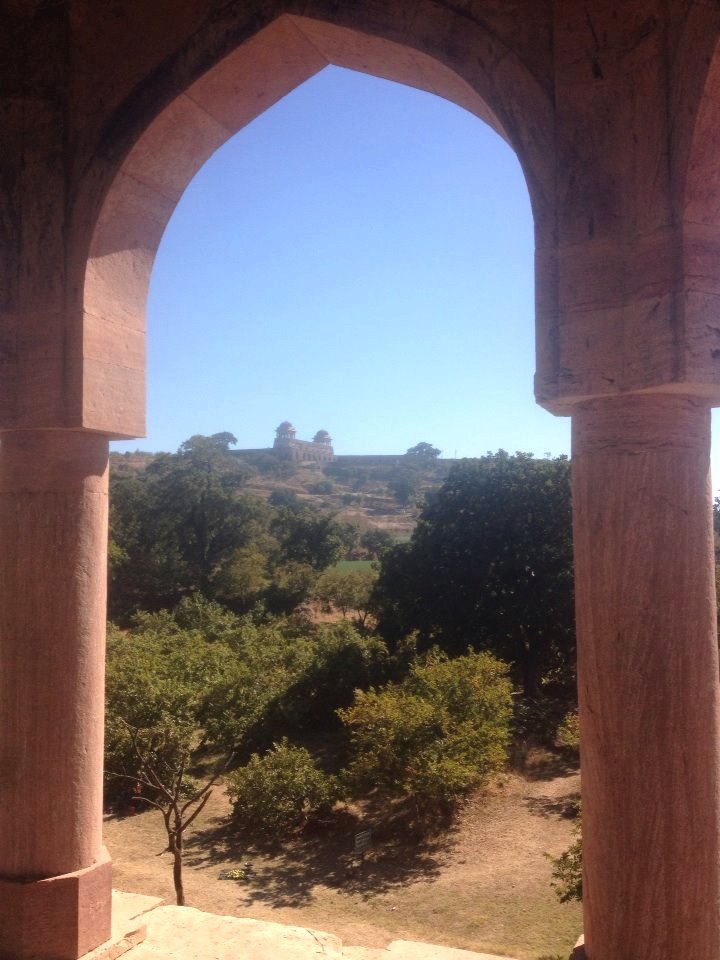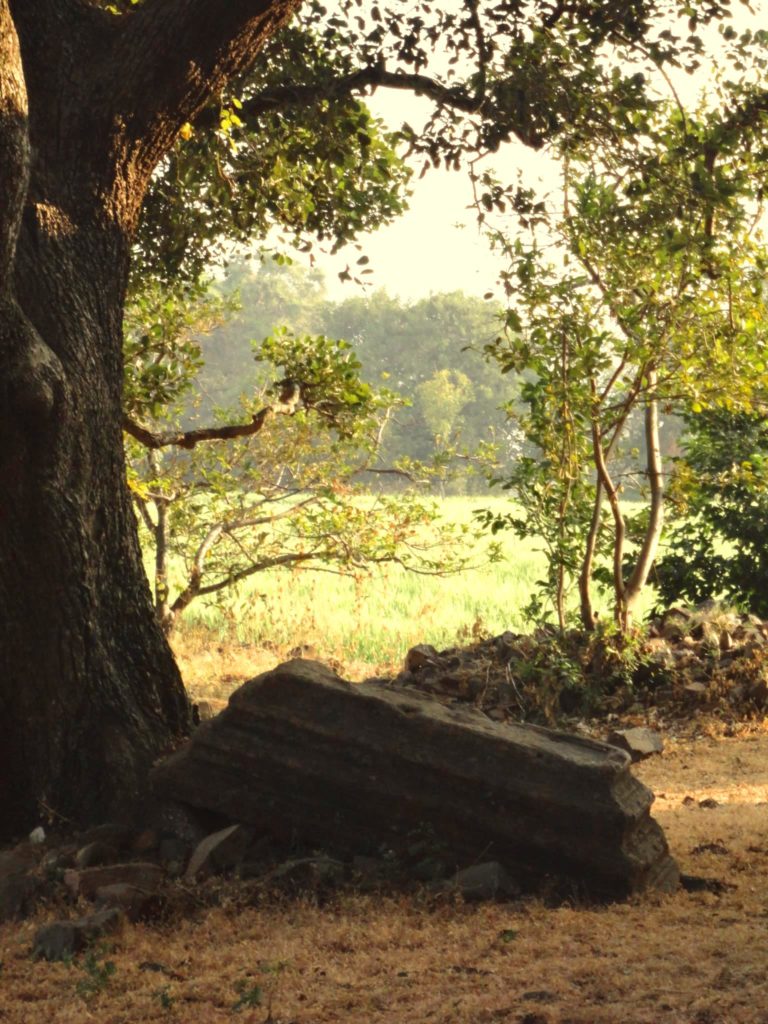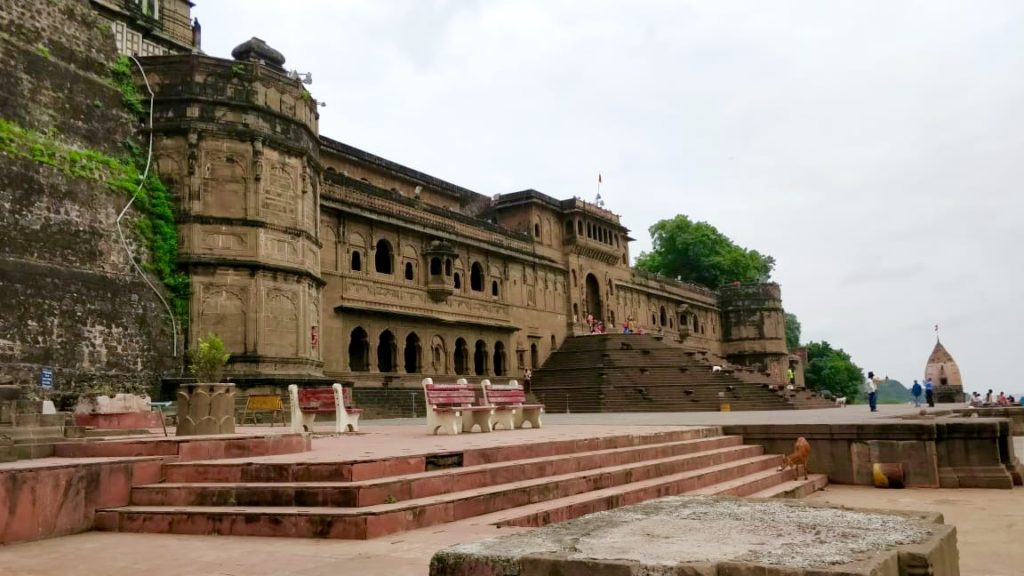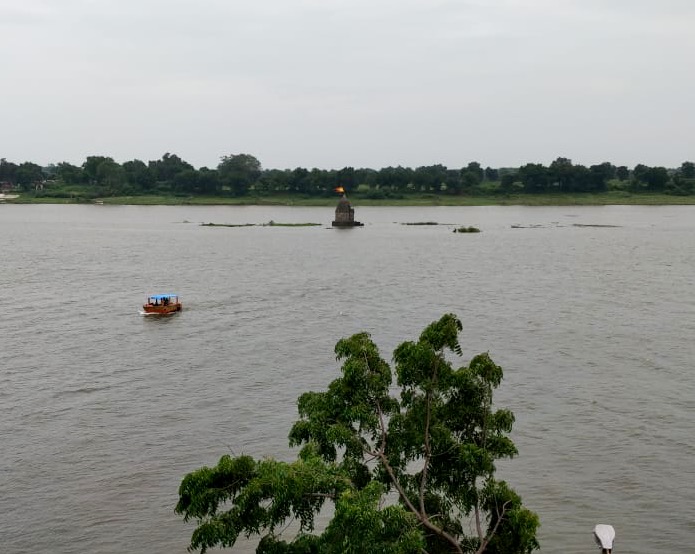‘Do you want magic mushrooms?’, the taxi driver asks the man on the first day. Taken aback, he takes time to say no. In the back the child and I are rolling with laughter. Does he look like he has them or does he look like he needs to have them? Bali is a destination to unwind but we intend to get our highs diving into Bali’s waters and beaches.
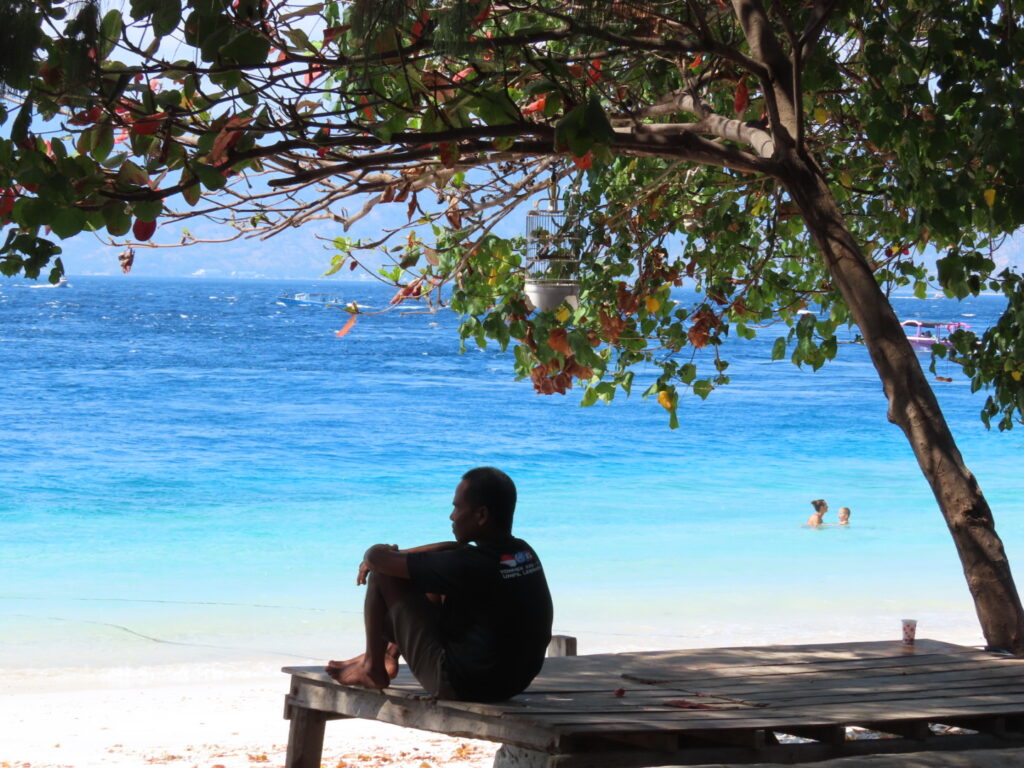
But, researching for a holiday can either be as exciting as the trip itself or exasperatingly exhausting. Like, how does one shortlist which beach to hit and which to skip when visiting an island? Bali, ‘the Island of Gods’, and among the most researched destinations by Indians this year, naturally has them all- miles of broad golden beaches, dramatic cliffs hiding pristine patches of sand, volcanic black sand beaches, white coarse coral ones. So, how to shorten that list? Each beach offers something exclusive, from swimming, surfing, snorkelling to water sports and secluded idling. Three varied ones made it to our list and we added another smaller island near Bali for good measure.
Explore-Disconnecting with the World on a Mountain Isle at Shaama
Kuta’s Cool Quotient
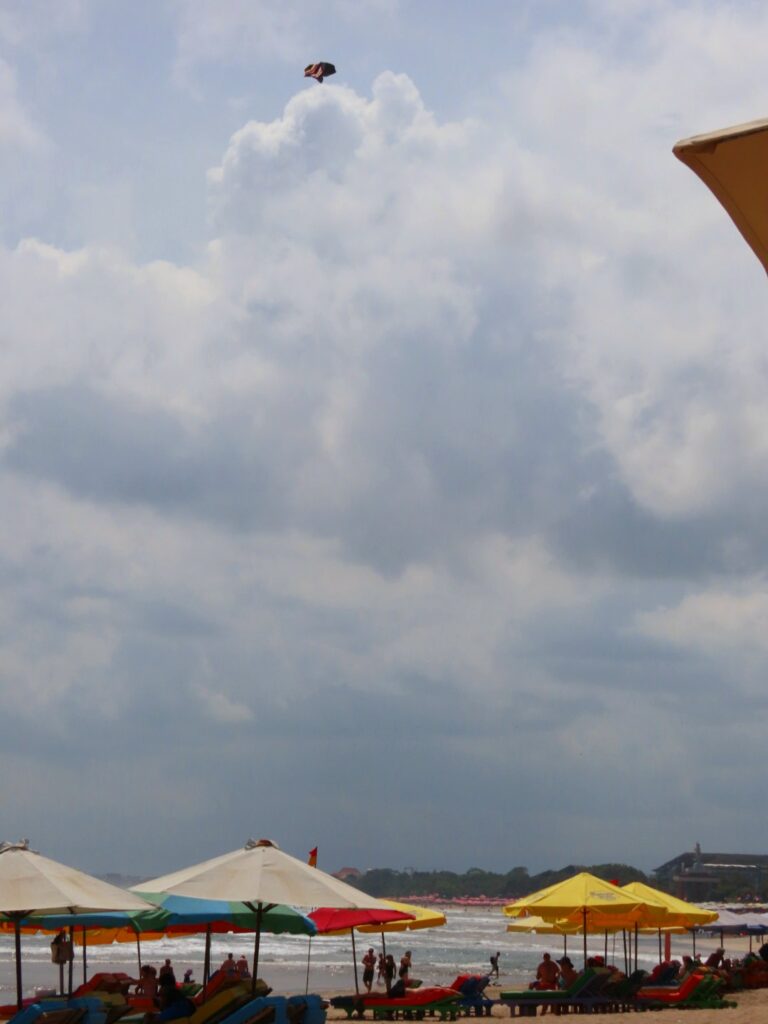
Giant kites flutter in the air above the lines of colourful umbrellas when we hit the beach. Earlier, during the morning walk we had encountered walkers & joggers on the pavement by the beach and surfers catching the high tide. The man tied up for an hour of surfing lesson for later at one of the shacks. So while he tired himself out trying to keep up with the waves and on the board, we sprawled on the bean bags under the umbrellas. Watching the surfers paddle out, wait patiently for ‘the one’, ride in and repeat it till the sun burnt them a burnished brown was no Baywatch moment! Of the completely commercial and tourist trap beaches we chose Kuta. Adjoining Seminyak and Canggu are trendier but more crowded. The wide public beach is lined by a boulevard, hotels, restaurants. Though the shacks at the beach provide some drinks and food and wandering hawkers stop by, we chose to hop across the road to a convenience store for chilled Bintang and hot ramen.
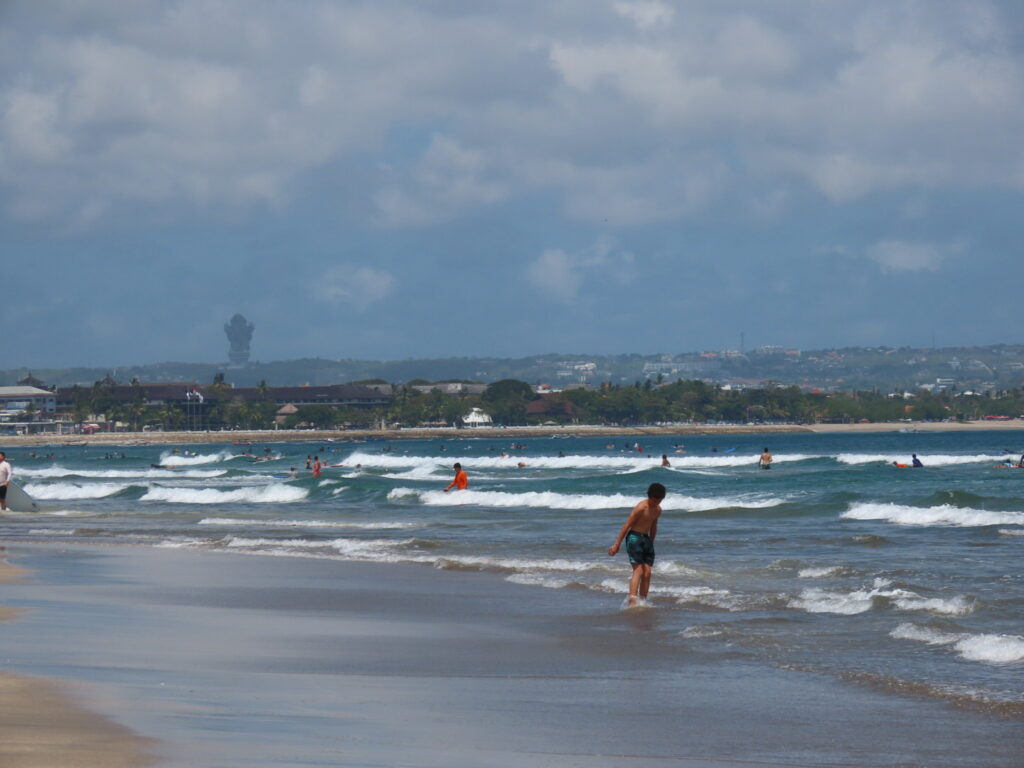
Discover solitude in- Batalik – A Tribute to the Human Spirit
Gili Trawangan is a Gem
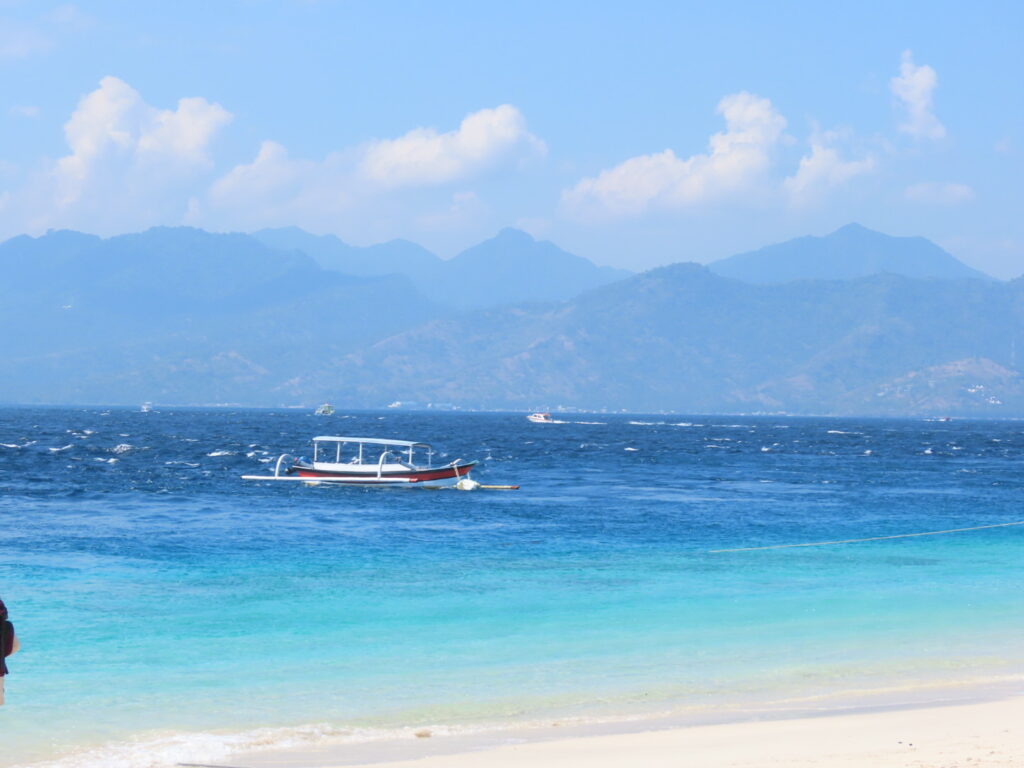
First off- skip the Gili islands nearby unless you plan to spend atleast two nights there. Though the fast boats are just that but the wait at the pier seems to stretch and along with the cushion time for chaotic traffic, you end up spending almost half a day travelling. Having said that, we chose Gili Trawangan for the snorkelling. It is a tiny picturesque island of white beaches and azure waters, with no vehicles! Only horse-carts that clip-clop while they ferry people and their mounds of luggage to and fro from the pier to their accommodation and bicycles ply on a shaded road that lines the beach. It is popular for diving and snorkelling like the other two adjoining Gili islands. The diving boats head out early in the morning and then bob around just offshore for the rest of the day. While snorkelling the man and child lucked out when they spotted a Green-back turtle along with schools of small fish. Sadly the corals I saw had not survived the hordes of trampling feet. The rocks just off the beach take revenge on everyone’s feet for the corals in low tide!
The island has a bustling vibe all day and is a known party place. Brightly lit restaurants line the road in the night and on the beach strings of lights provide a canopy to chairs and tables full of youngsters but all the roads lead to the night market. A crowded, noisy affair lined with open stalls selling the choicest of the day’s catch and generous sides for a reasonable amount. One can pick and choose from an array of enticing grilled and fried seafood. In the middle there are rows of tables and chairs full of eager eaters.
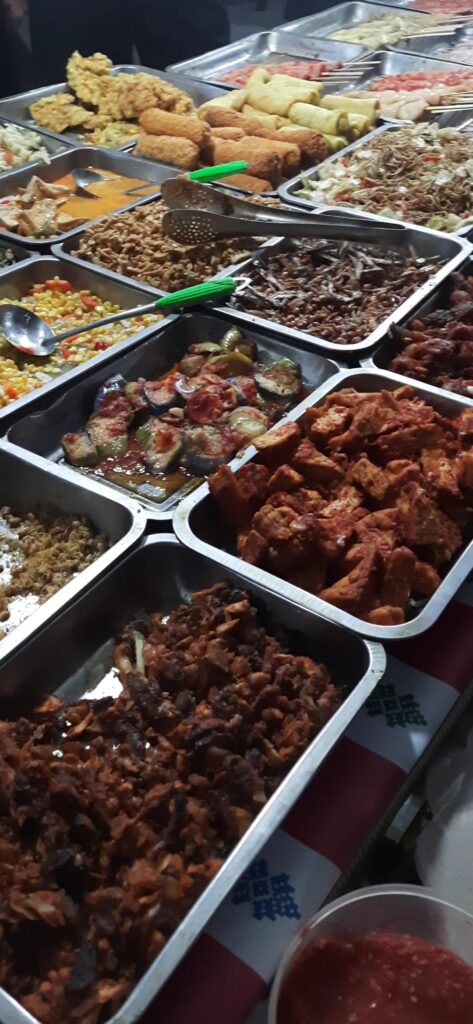
Discover- Pangong Tso – The Gems in the Crown
Nusa Dua is a Snooty Do
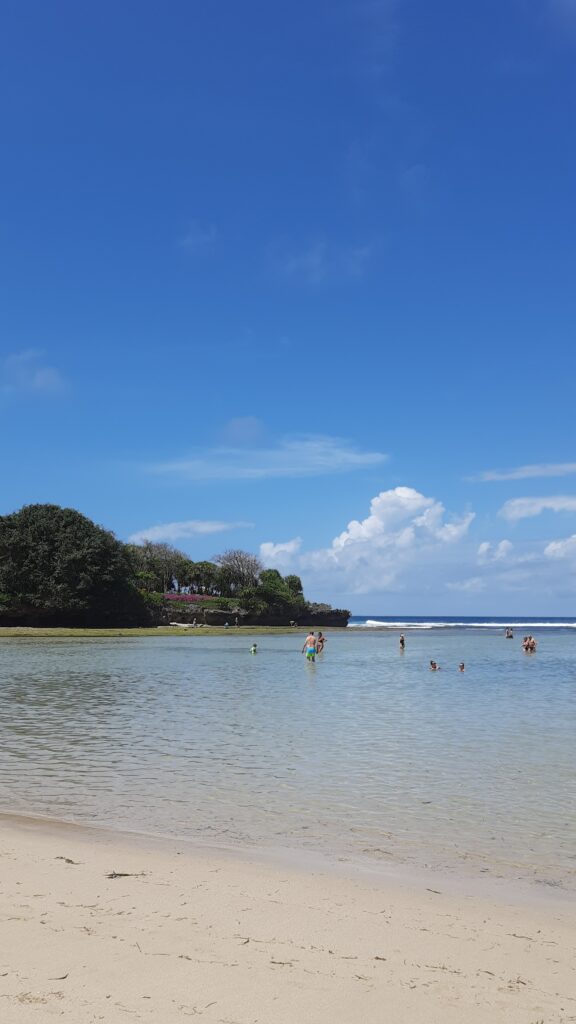
Trying to find the place for watersports we drove through a massive Candi bentar (the traditional Balinese gate) into an immaculately landscaped haven. The BTDC (Bali Tourism Development Complex) area is like an exclusive enclave where the major names in hospitality are discreetly tucked away behind walls of artful greenery. A short walk got us to a small cove during low tide with an azure lagoon. Rows of loungers and beach umbrellas lining the small quiet beach had people reading, snoozing and soaking up the vitamins. What we were looking for was further ahead, known as the Tanjung Benoa Beach (The name does not pop up until you really zoom in on the map!) with its line of big shops for those seeking thrills on and under the waters. Think sea walk, parasailing, flying fish (Yes, you can be one too!), jet ski etal.
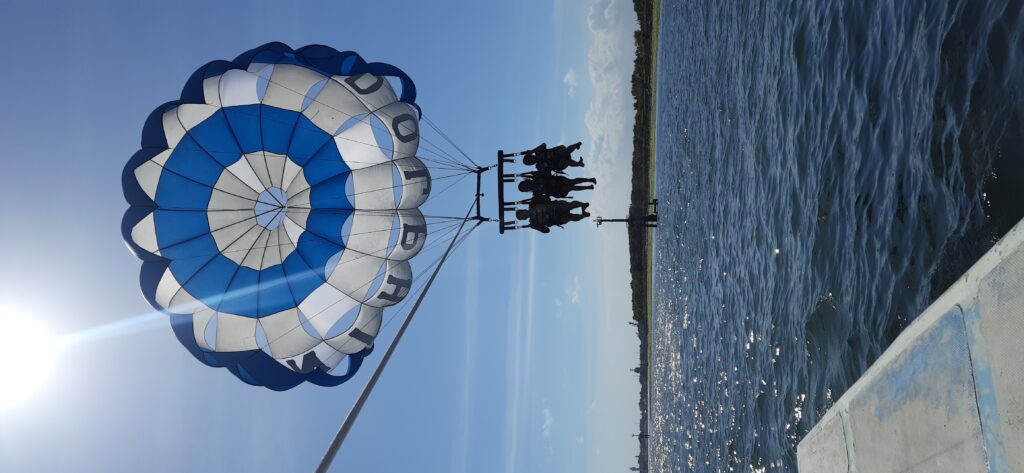
Find high jinks in- Part One- On the Wild Side of Outstanding Orchha
Jamboree at Jimbaran
A must visit for seafood lovers, Jimbaran beach comes into its own near sundown. Walk through the entrance of any of the restaurants lining the beach, select your choice from the day’s catch from the tubs and tanks, find a candlelit table on the festooned beach, be serenaded by a group of motley singers as your barbequed dinner fetches up while in the background the surf crashes on the sandy shore.
Discover a food trail in- A Handy Guide on How to do the Hornbill Festival
Bali is truly on an island of plenty. All you need is your swimwear and dollops of sunscreen!
So, apart from the beaches that made it to the short list, the long-listed contenders were-
Amed beach- With Mt Agung in the background and USS Liberty under the water off shore, the black sand beach is considered one of the best diving sites in Bali.
Nusa Lembongan island- Just half an hour by fast boat from Sanur in Bali, it offers a sampling of all kinds of beaches.
Fact File
Kuta-
A half an hour surfing lesson costs IDR 180,000/- approx.
Gili Trawangan-
Padangbai is where the boats for the Gili islands leave from. Getting there by fast boat including a pick up by the fast boat company itself costs IDR 2,100,000/-.(Harbour tax is additional).
Snorkelling- Hiring the gear costs IDR 50,000 for a day.
Tanjung Benoa
Watersport packages vary depending on the number of activities but a lot of bargaining is required to fix the cost.
